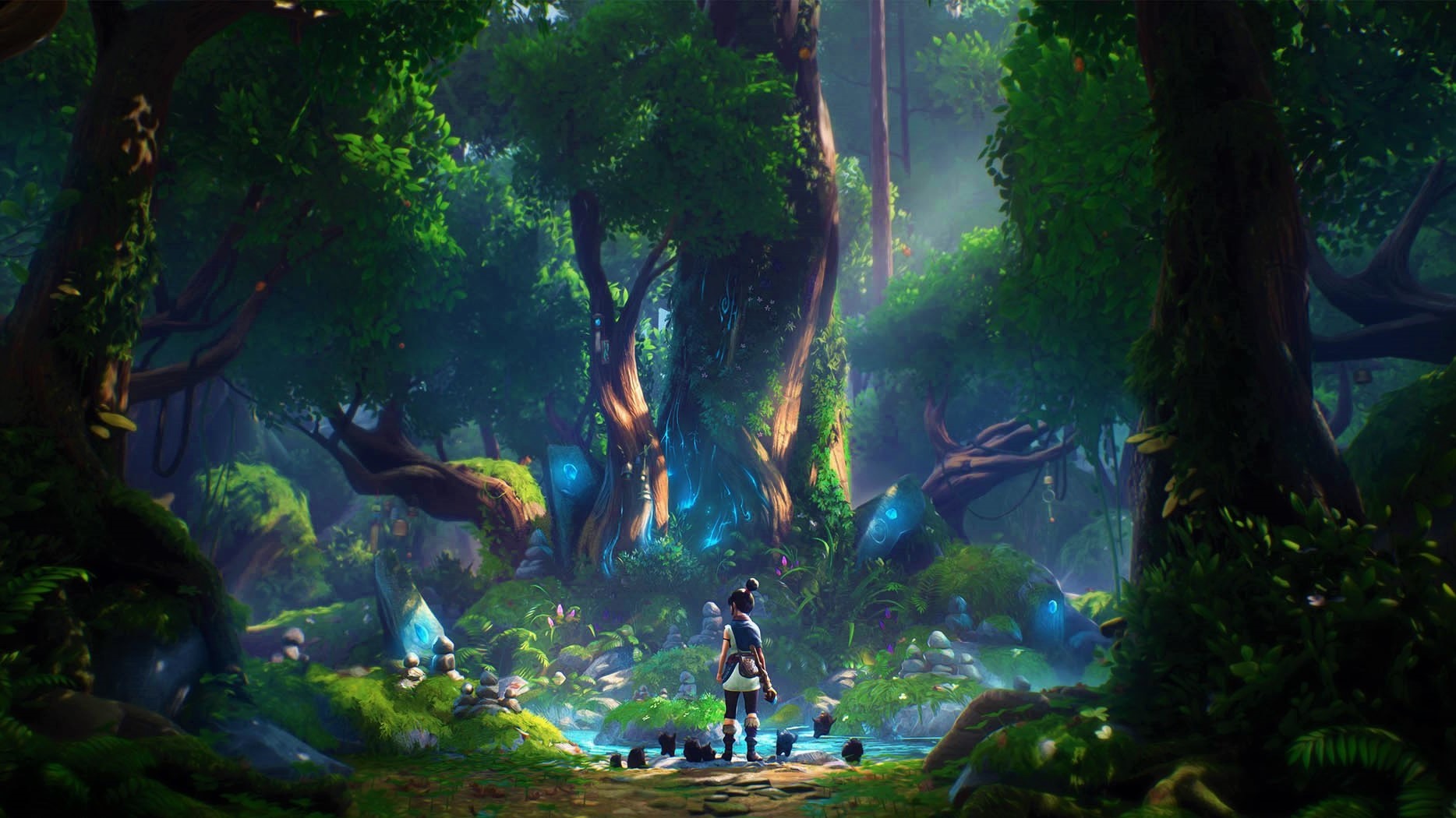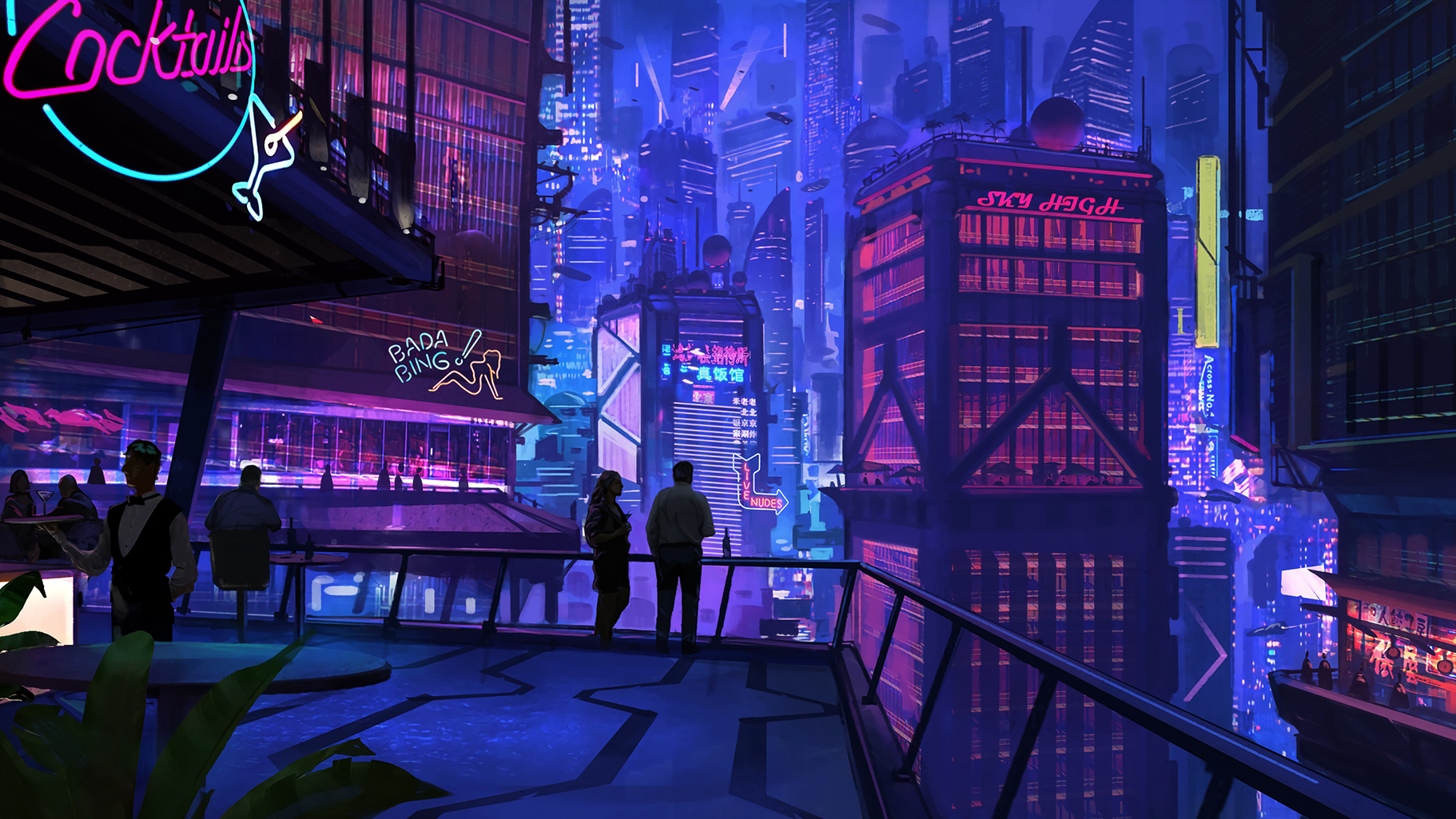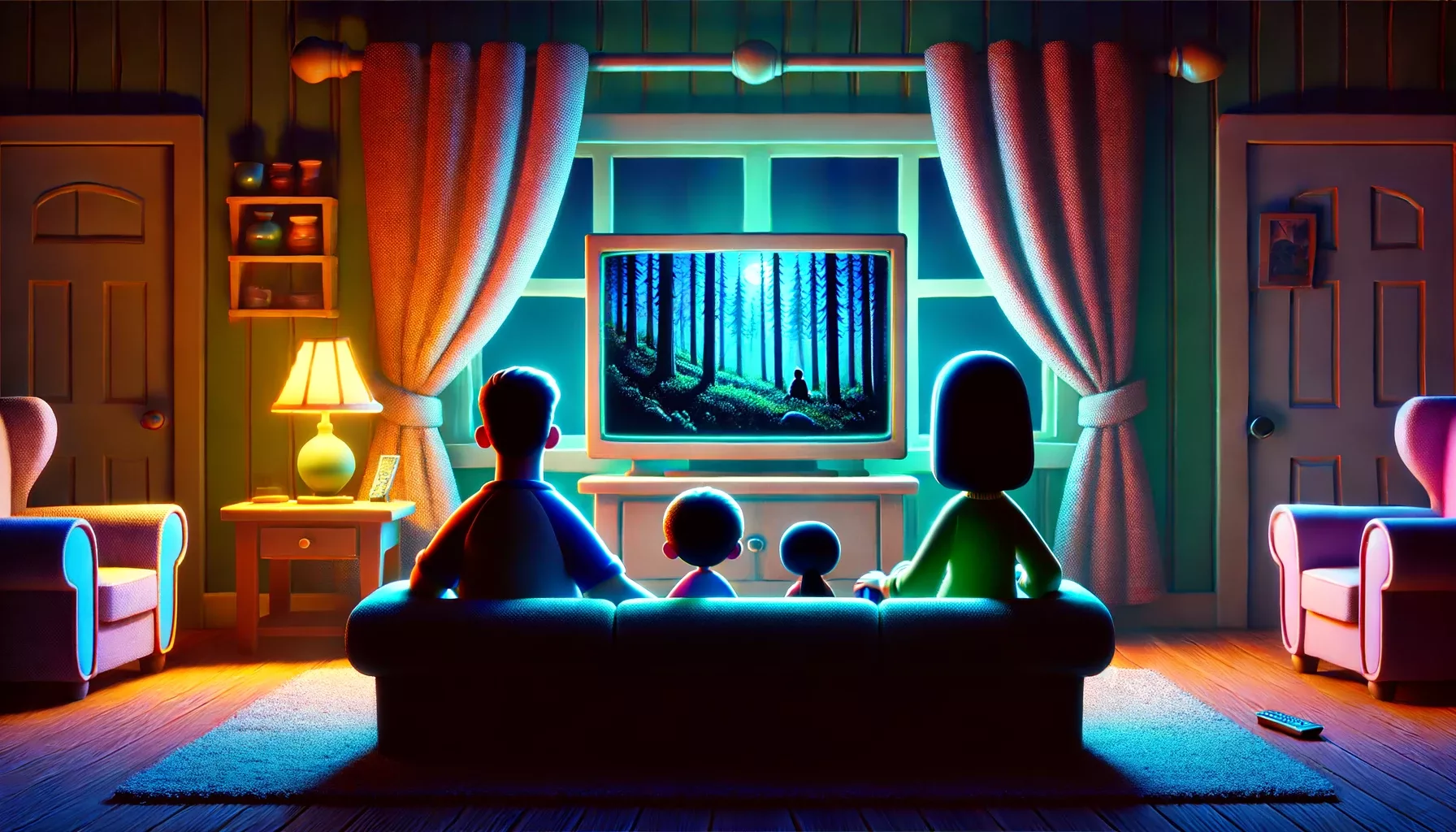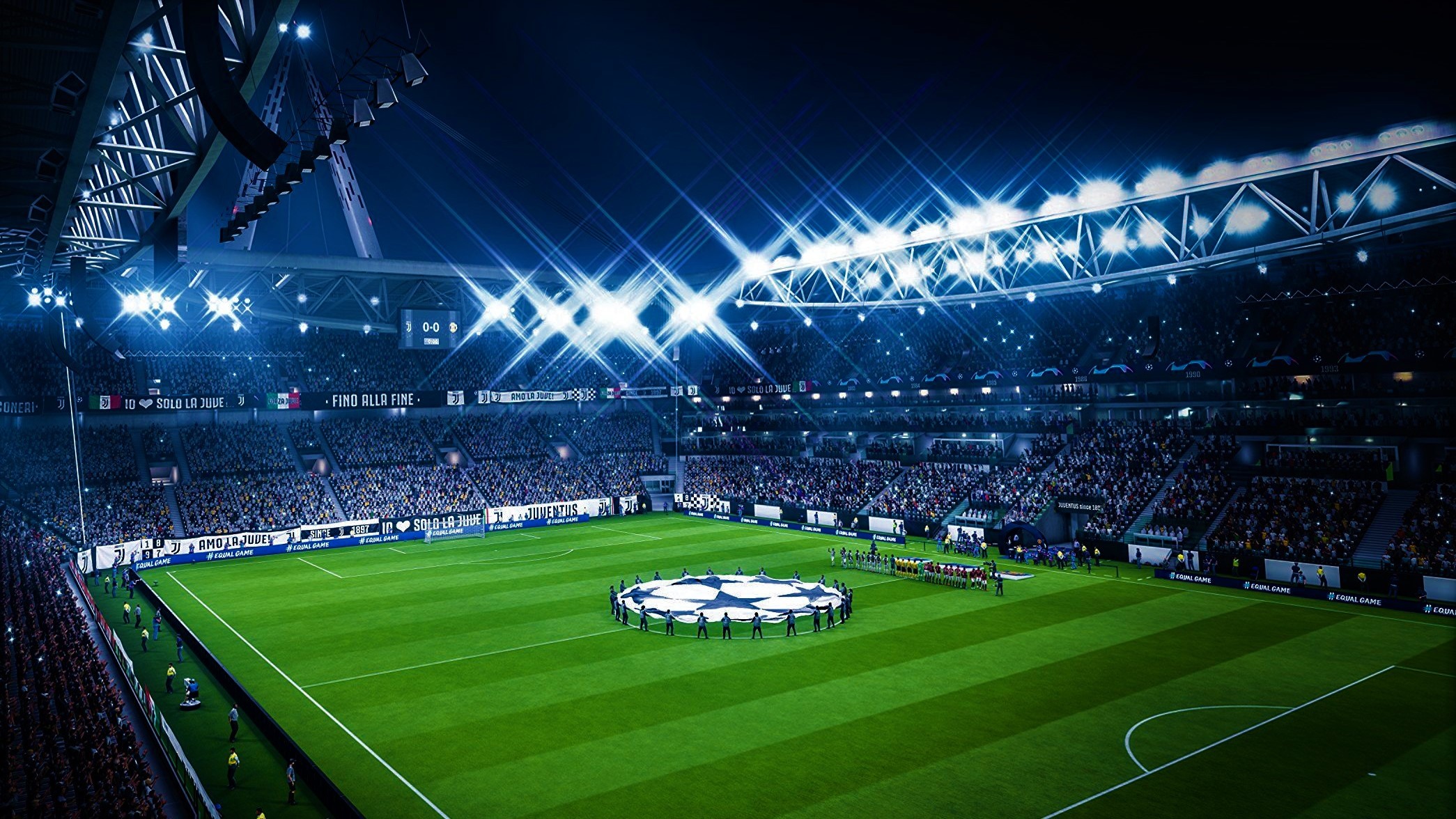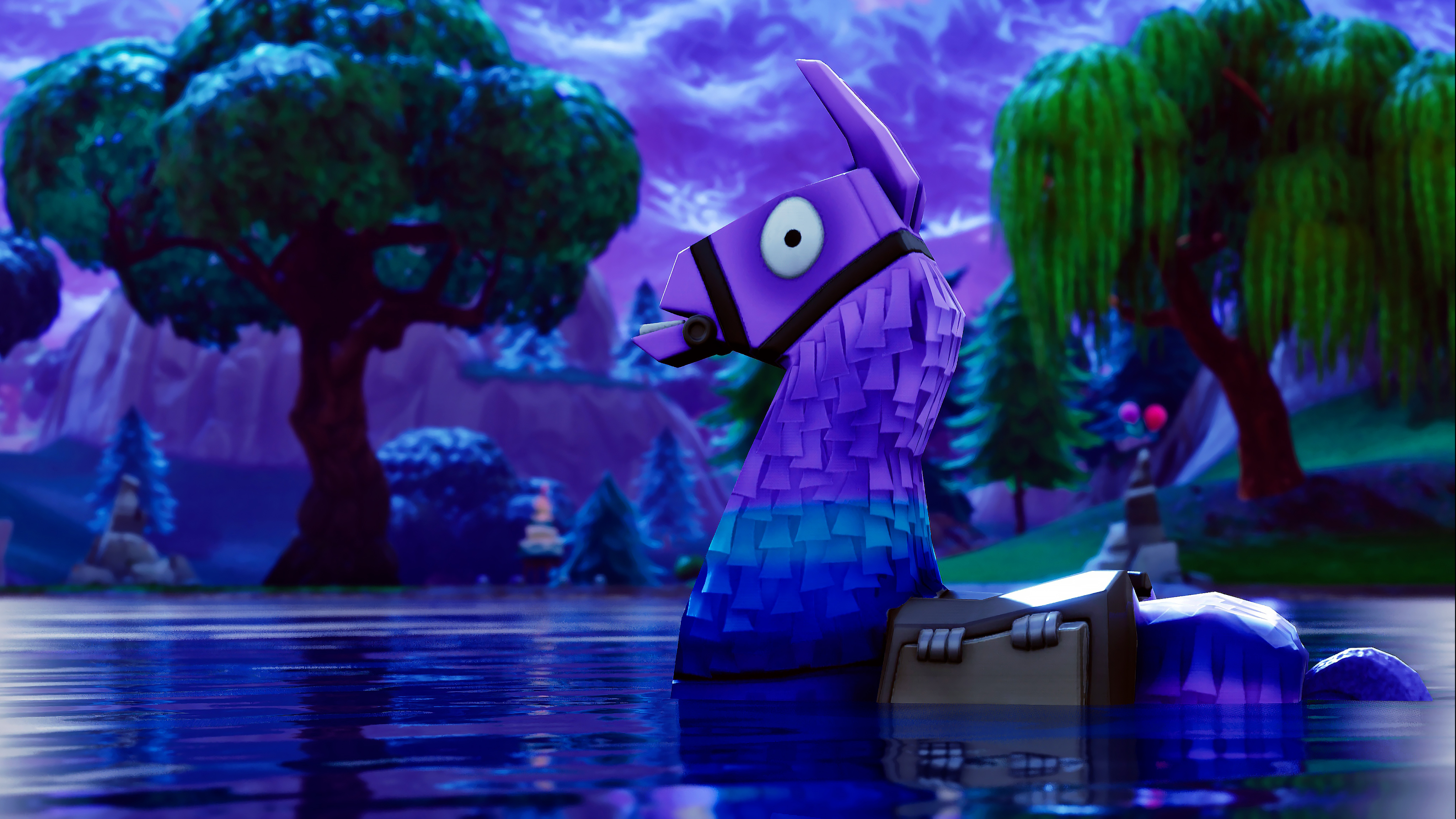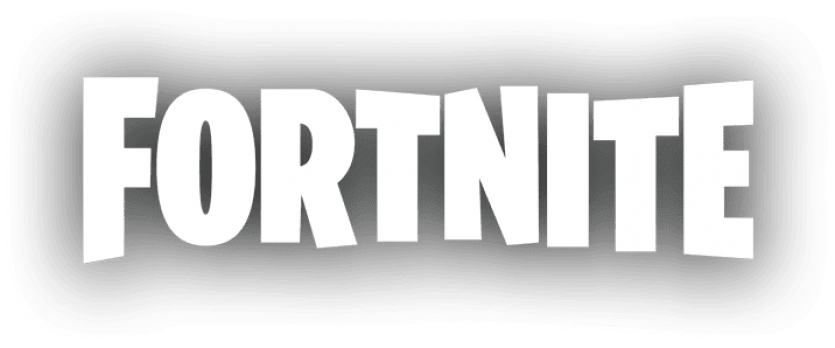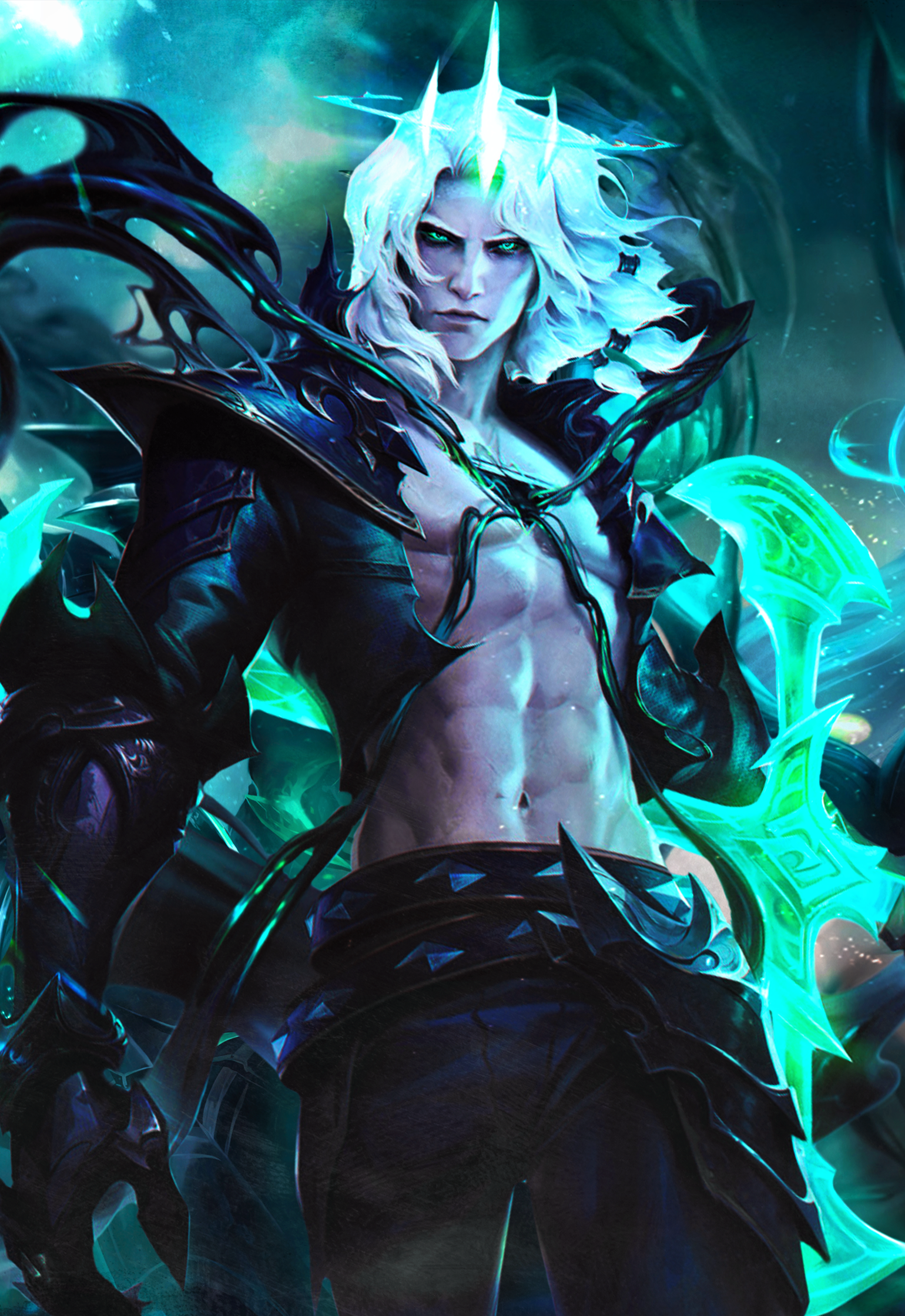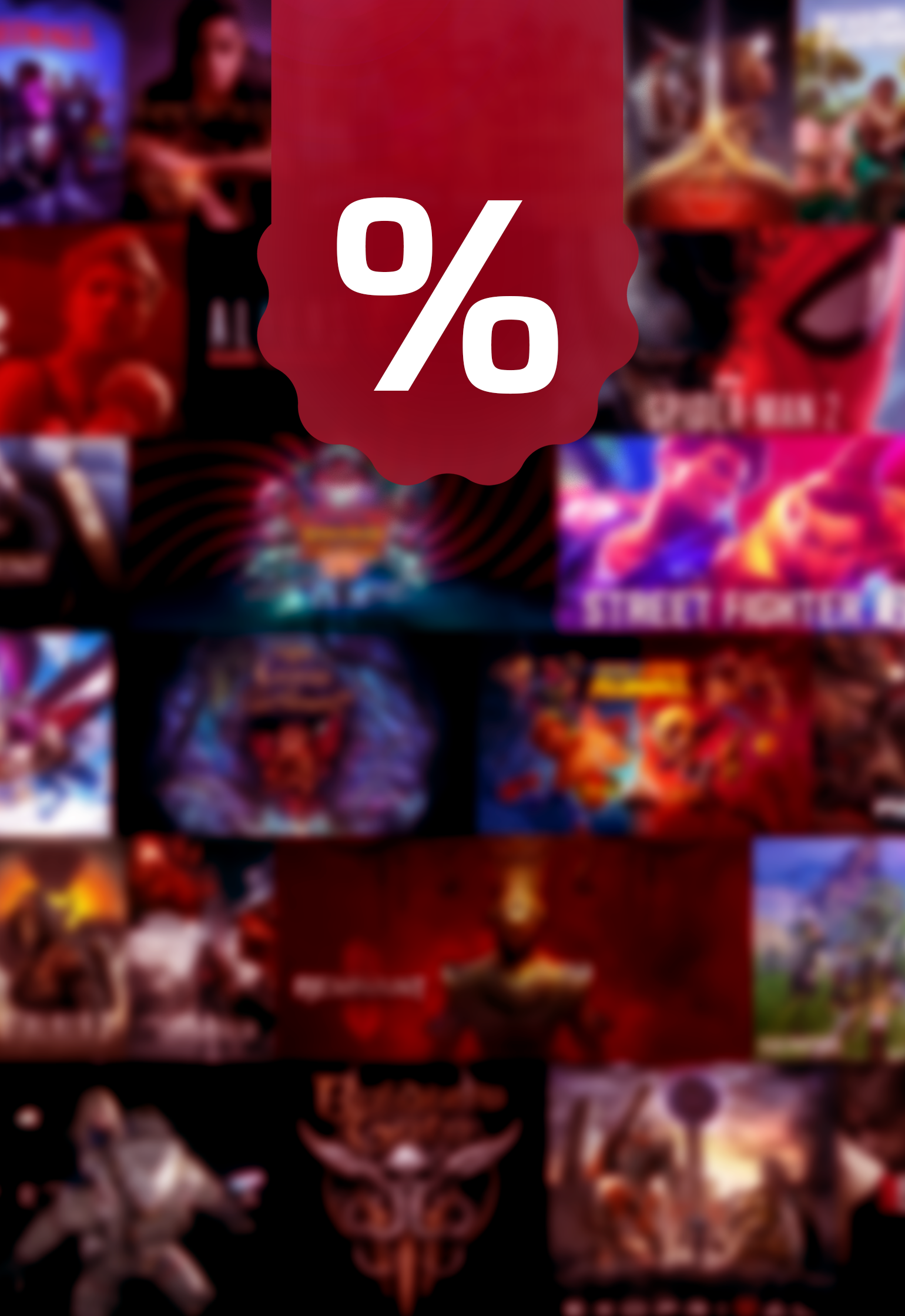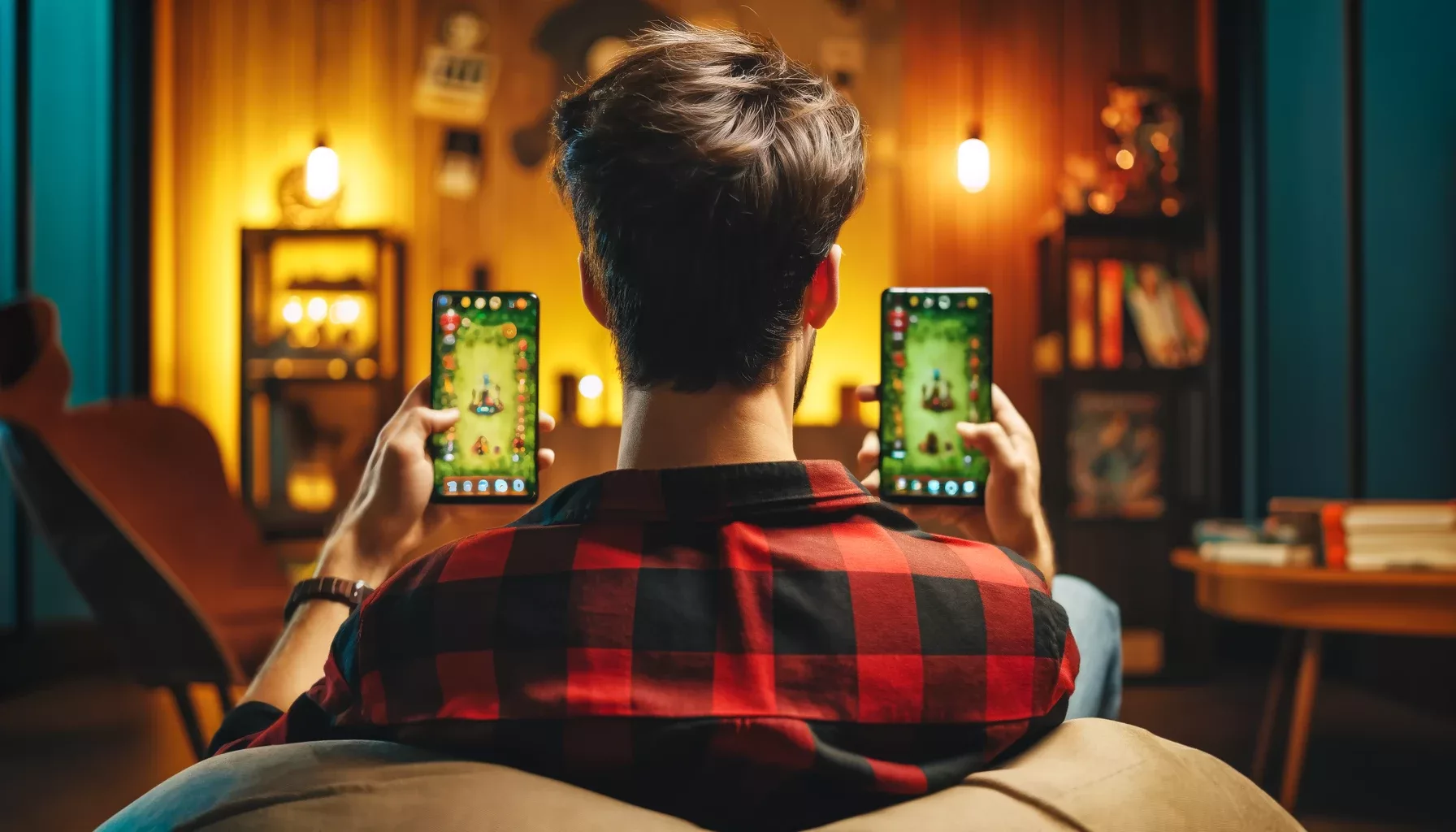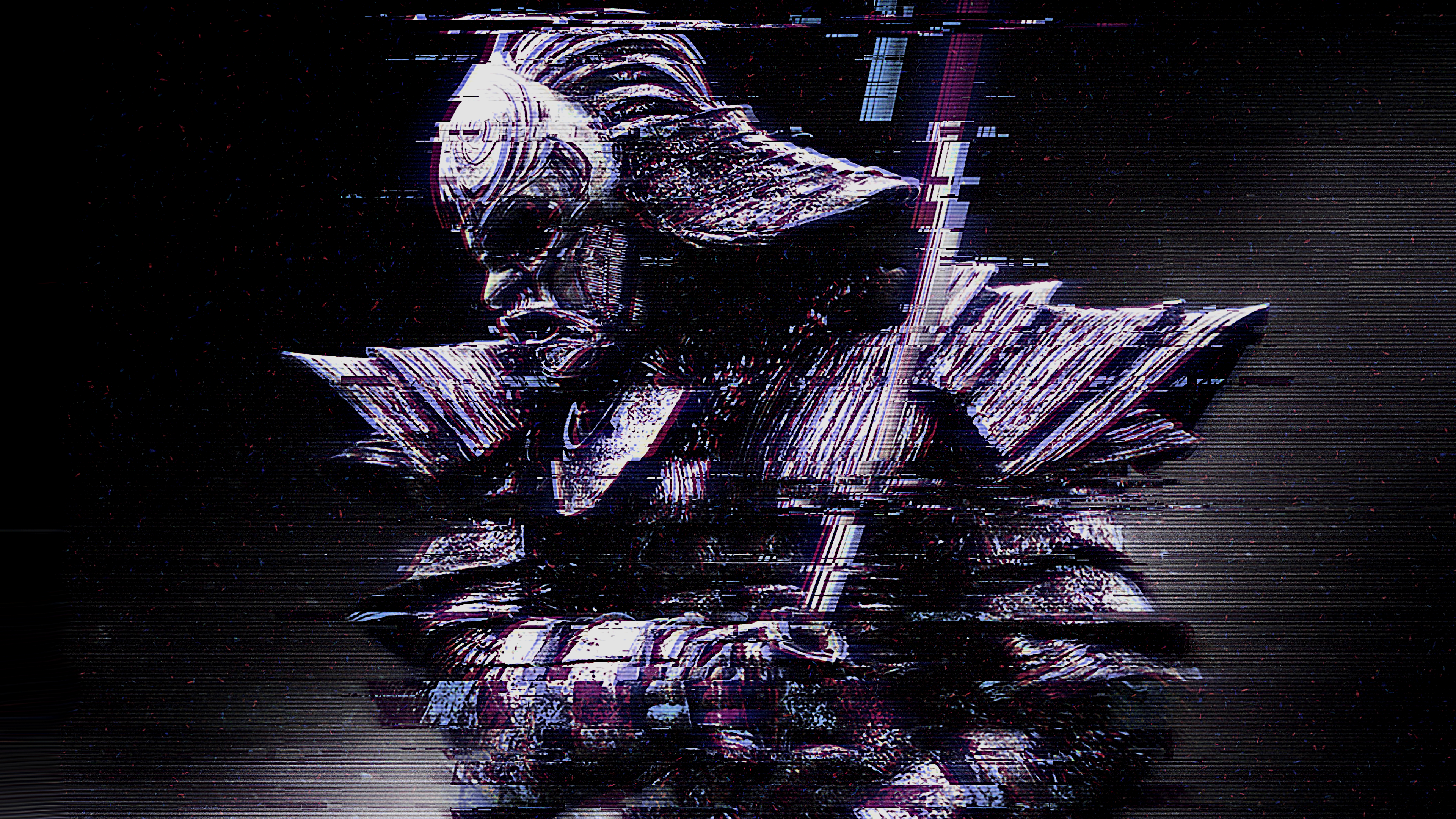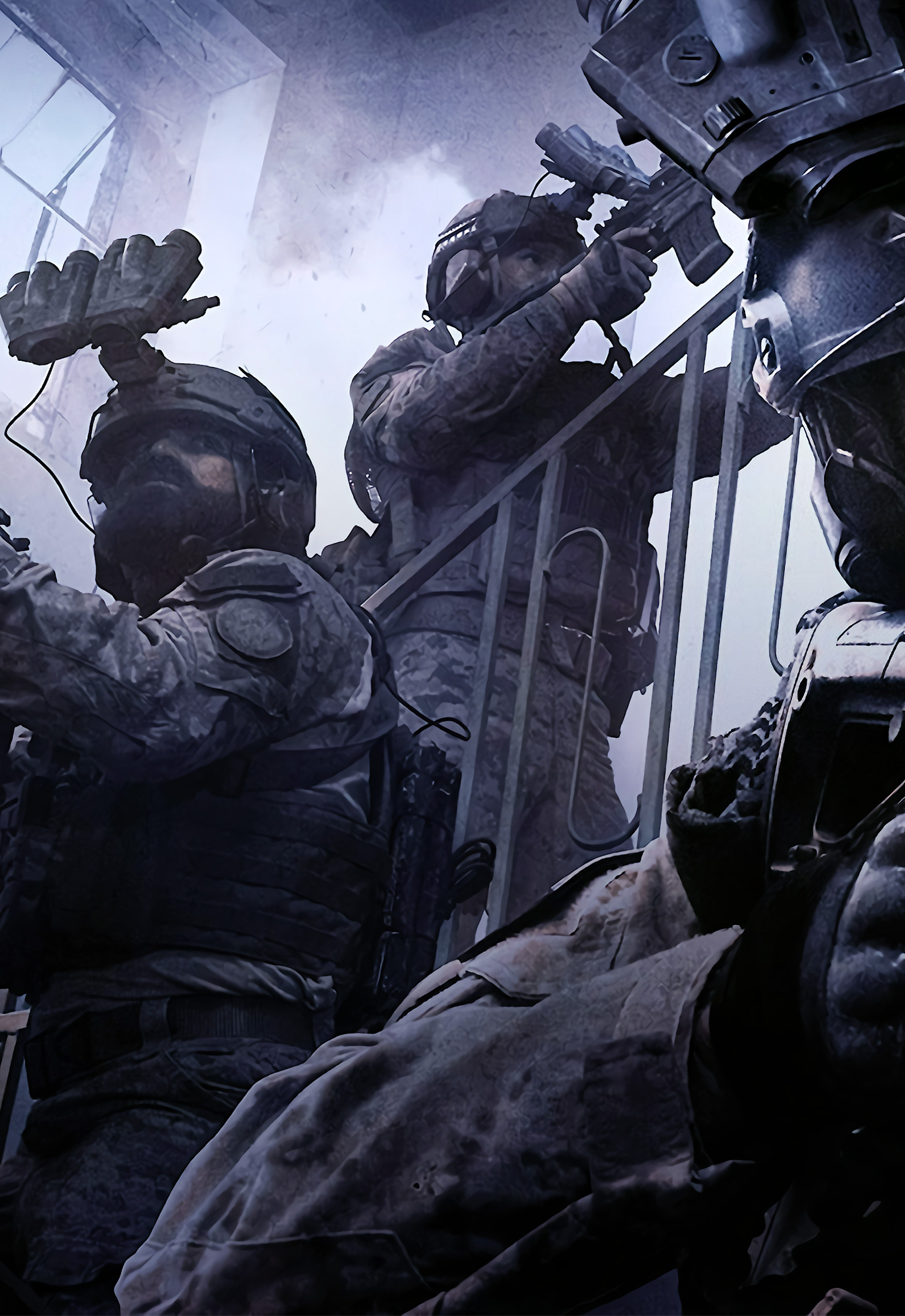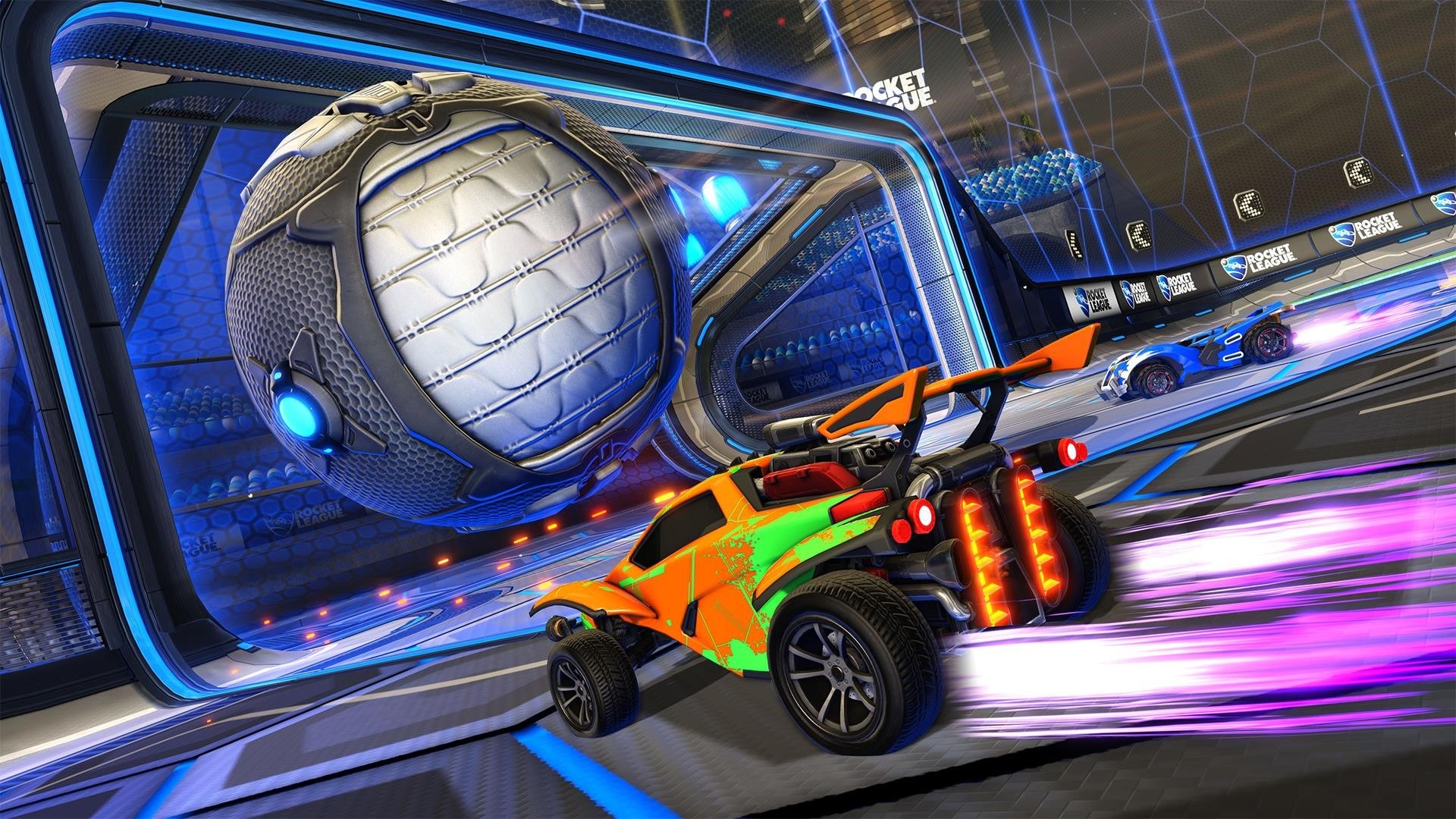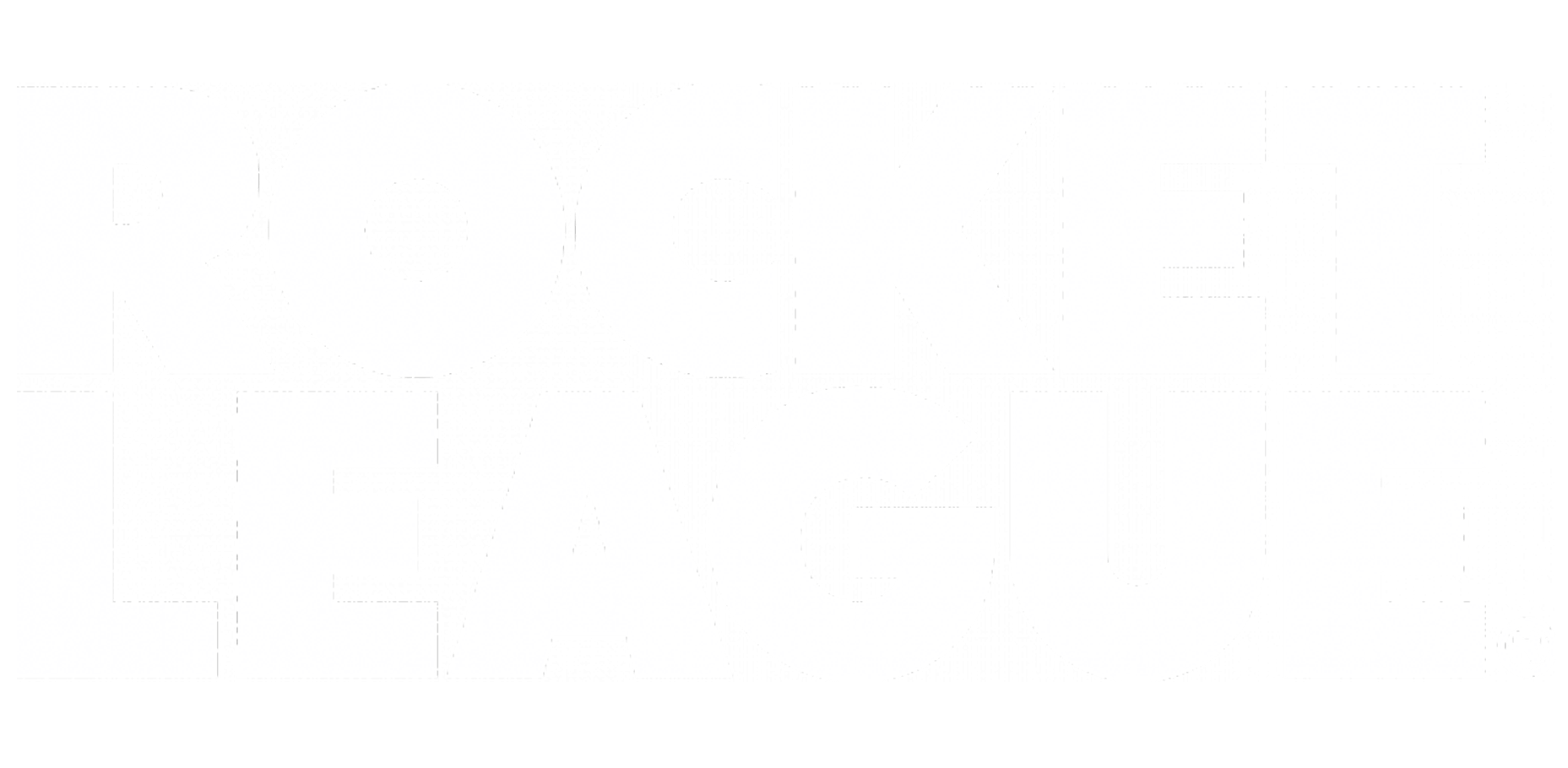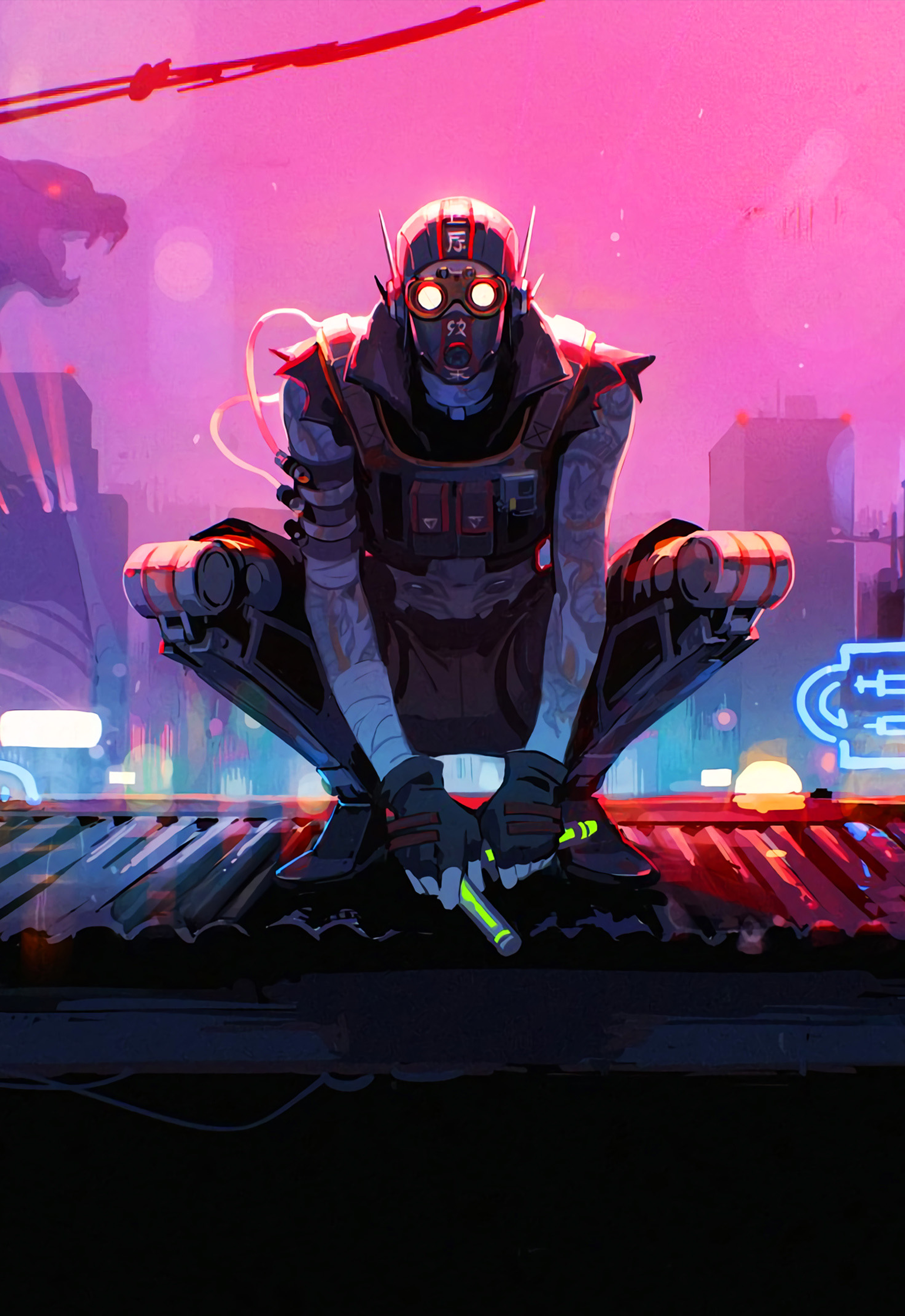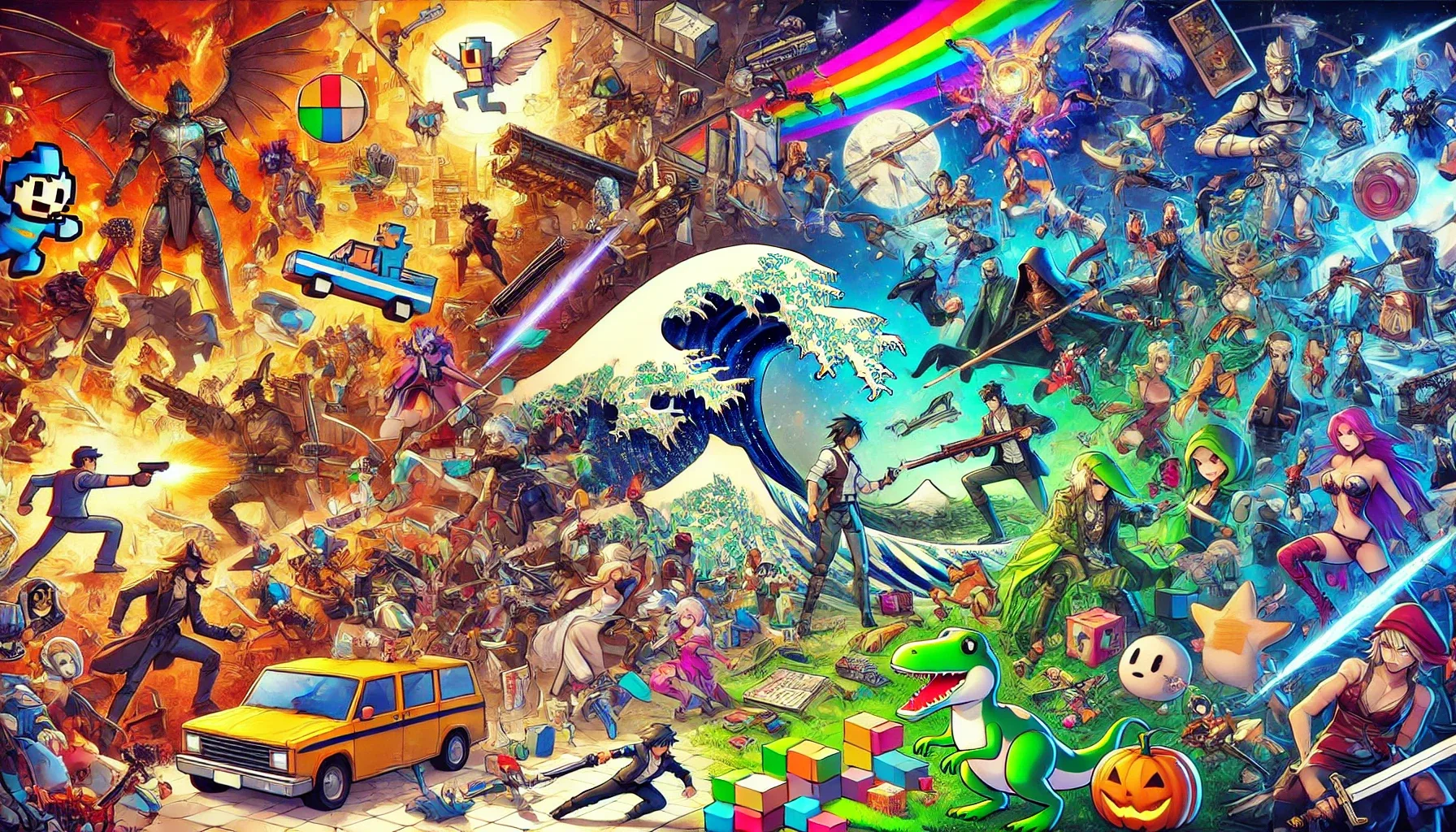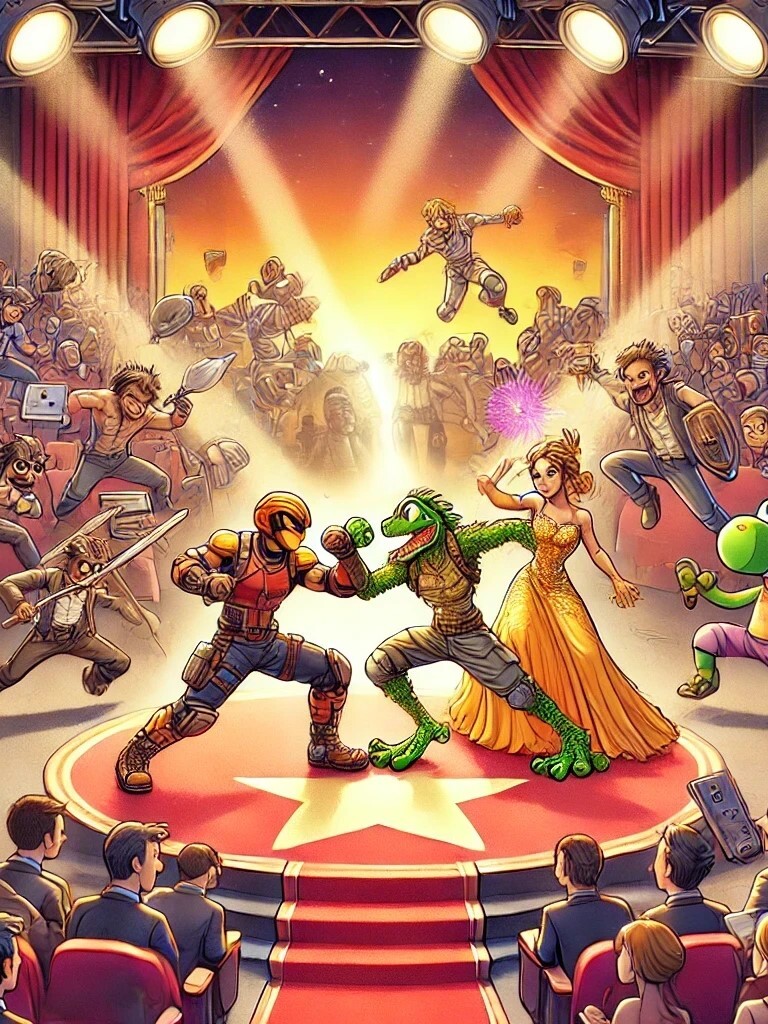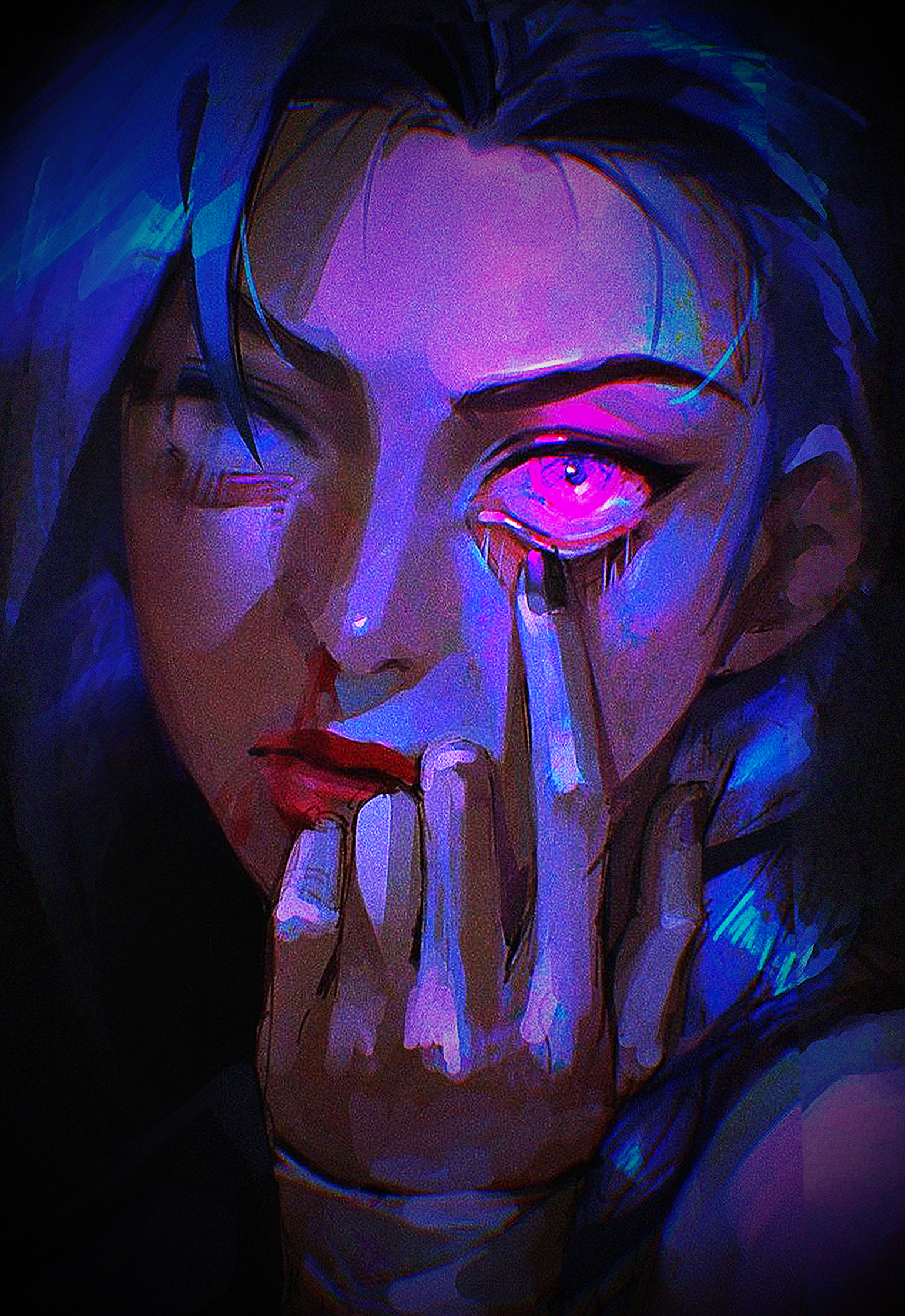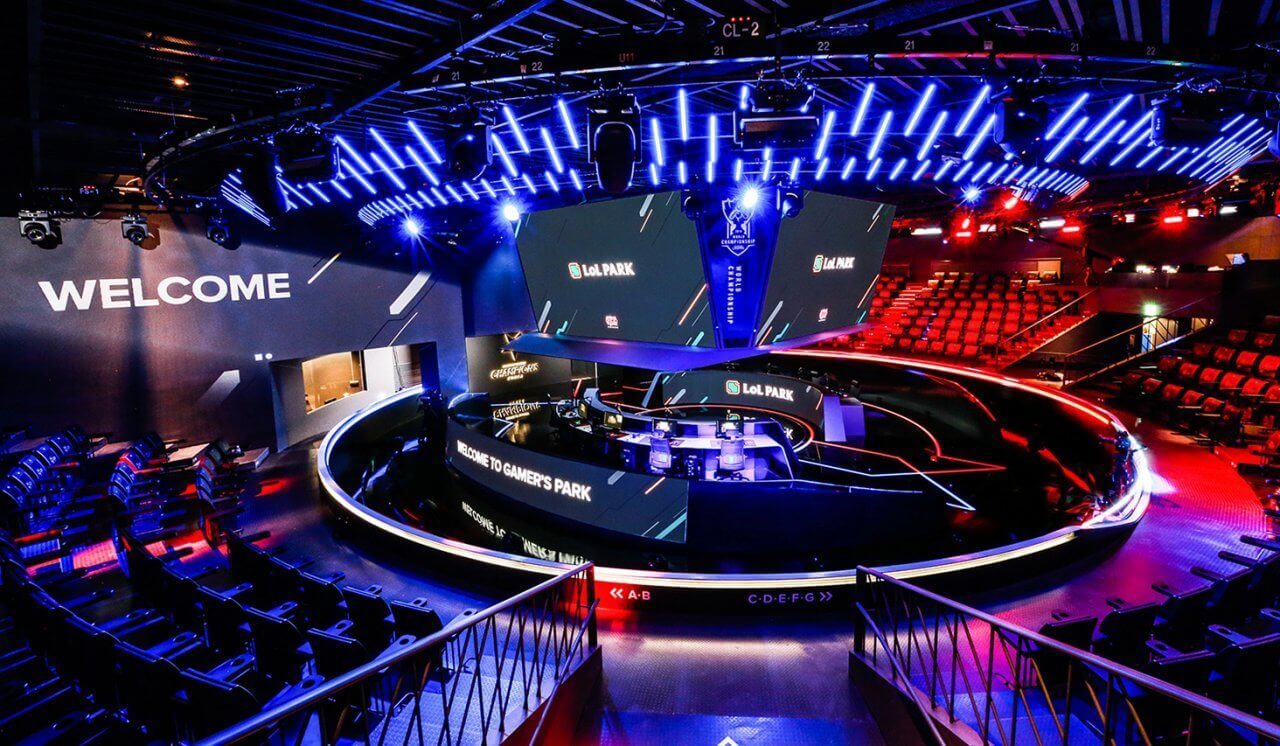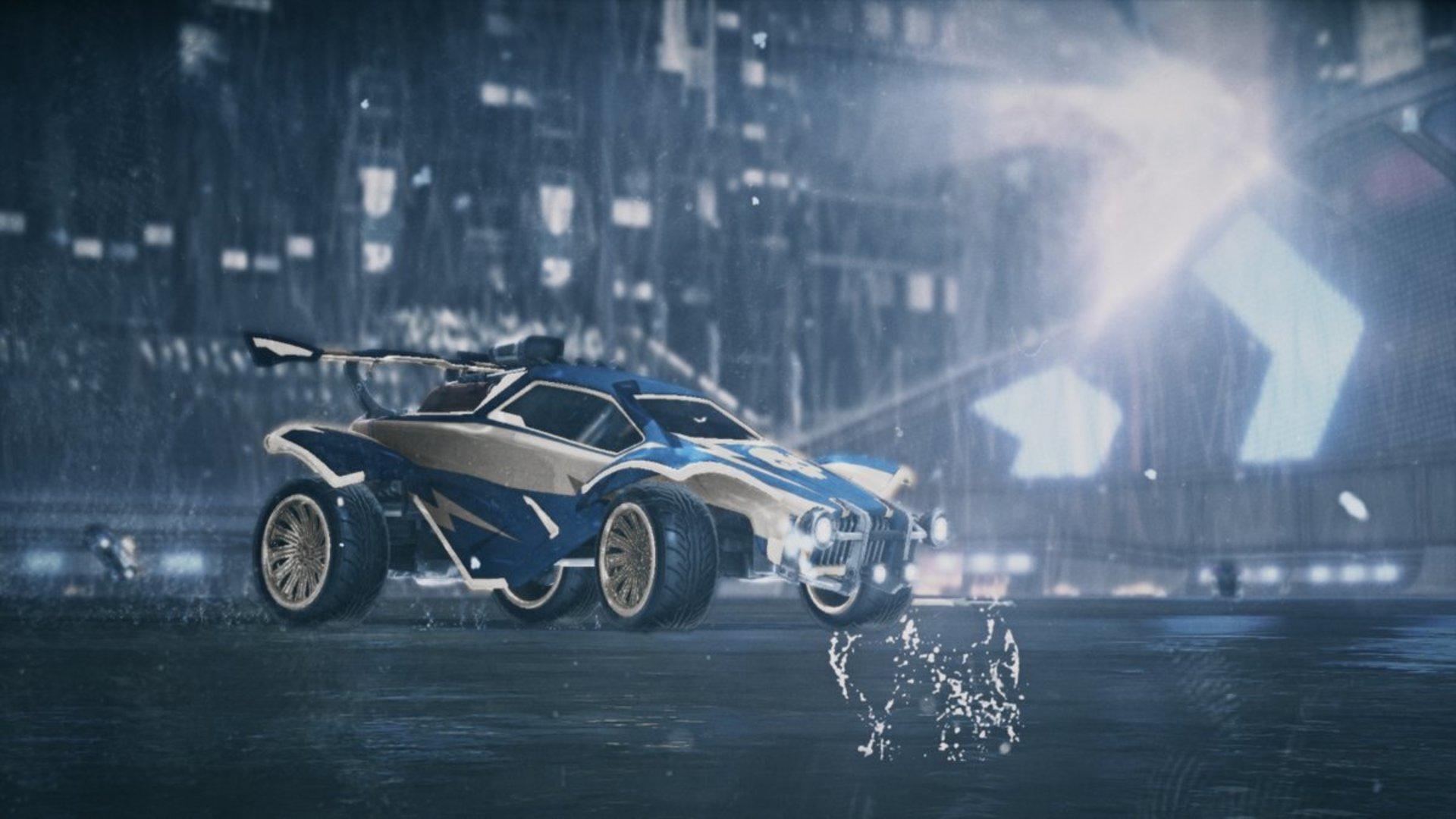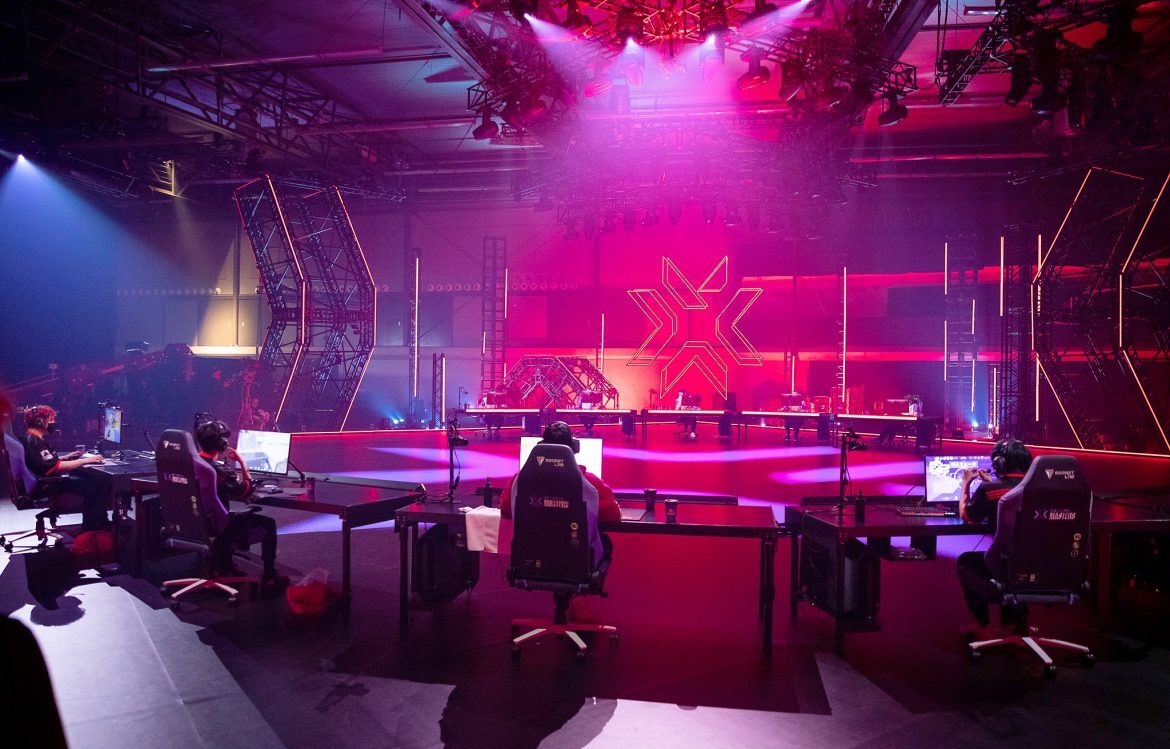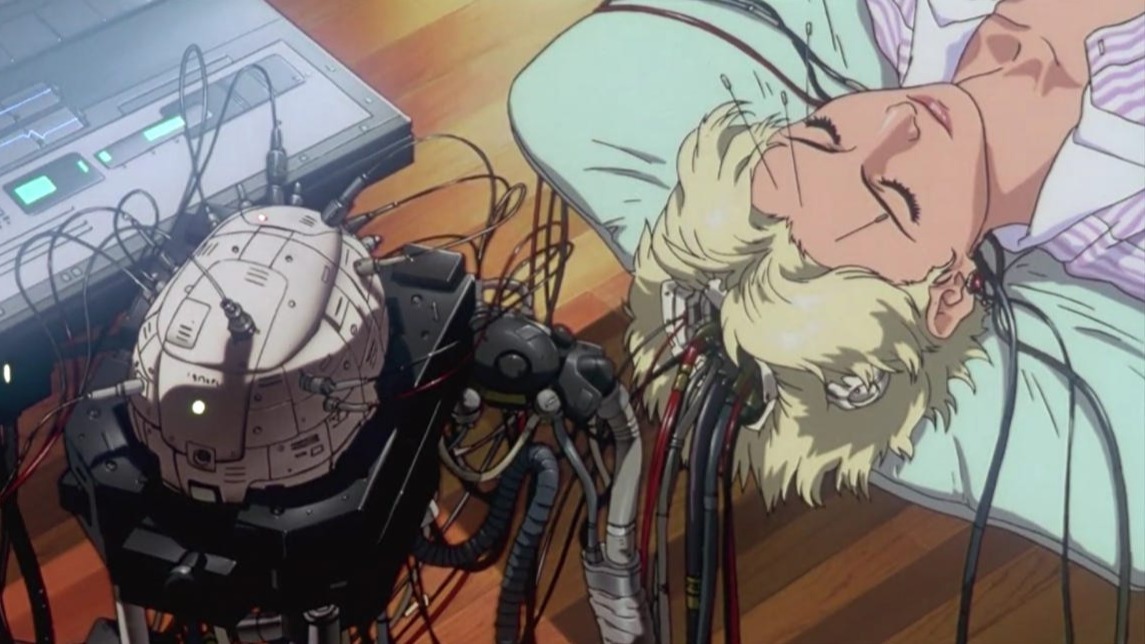Discover the top 15 animated science fiction movies ranked from worst to best – mind-bending, visionary, and refreshingly weird. No space operas, just pure, imaginative sci-fi in motion.
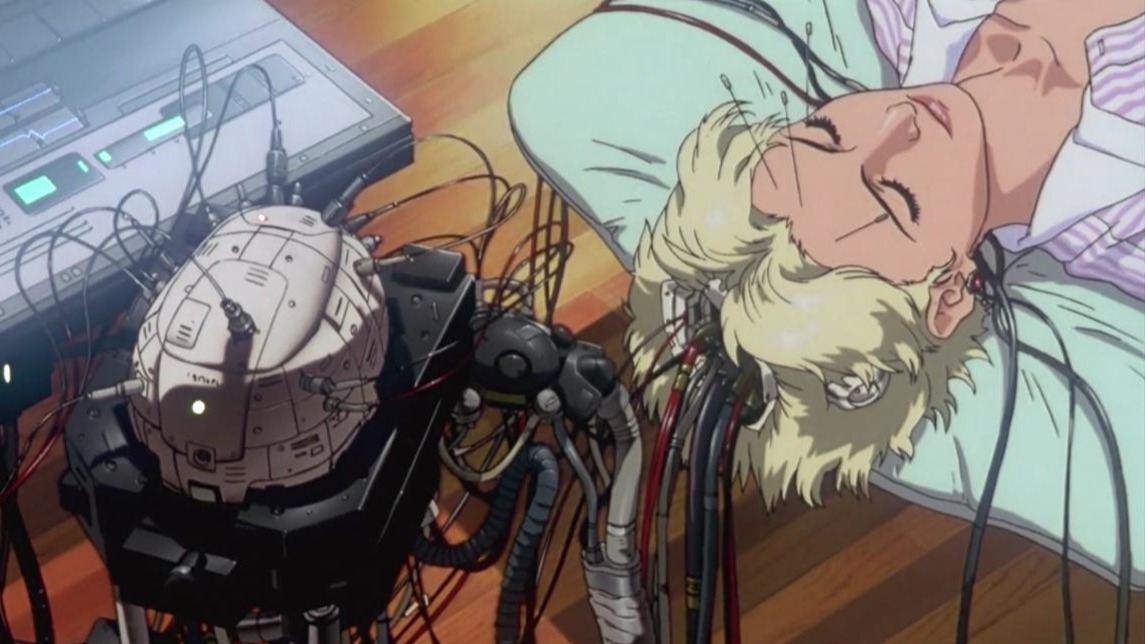
Animation and science fiction are a match made in the wildest corners of the imagination. When reality has limits, animation simply ignores them – building worlds where consciousness uploads, robots fall in love, and humanity gets replaced by something smarter, weirder, or both. It’s the perfect medium for a genre that thrives on asking: What if?
In this list, we’re ranking the top 15 animated science fiction movies, focusing on the ones that use the art form to do more than just dazzle the eye. You won’t find fantasy adventures or space operas here (sorry, Star Wars: The Clone Wars). These are the films that push the boundaries of storytelling and make you question the future – while looking stunning doing it.
15. 9 (2009)
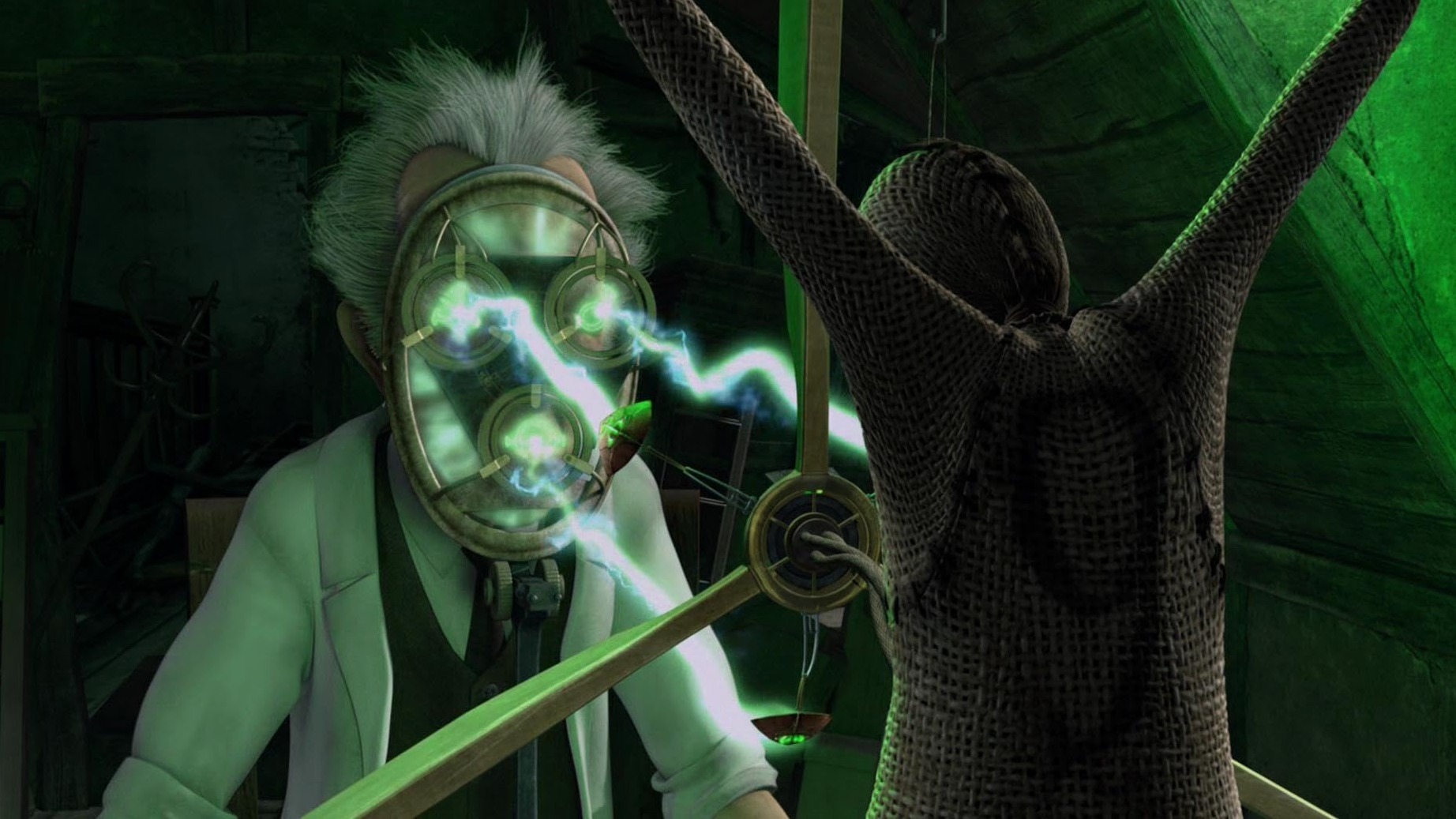
After an apocalypse where humans are gone, sentient ragdoll creatures scramble to understand what happened – and that grim set-up gives 9 a haunting edge in animated sci-fi. The film is rich with atmosphere: tattered fabric, industrial decay, that eerie desperation when you realize the last flicker of civilization is just… dolls trying to survive. Sometimes the plot feels heavy-handed, but the visuals and pacing take over – you lean in, even as the world falls apart. Voice acting gives personality to creatures built from scraps; you feel sympathy, almost heartbreak, when hope is thin. It’s more art than comfort, more dread than joy – and that’s exactly why it stays memorable.
14. A Scanner Darkly (2006)
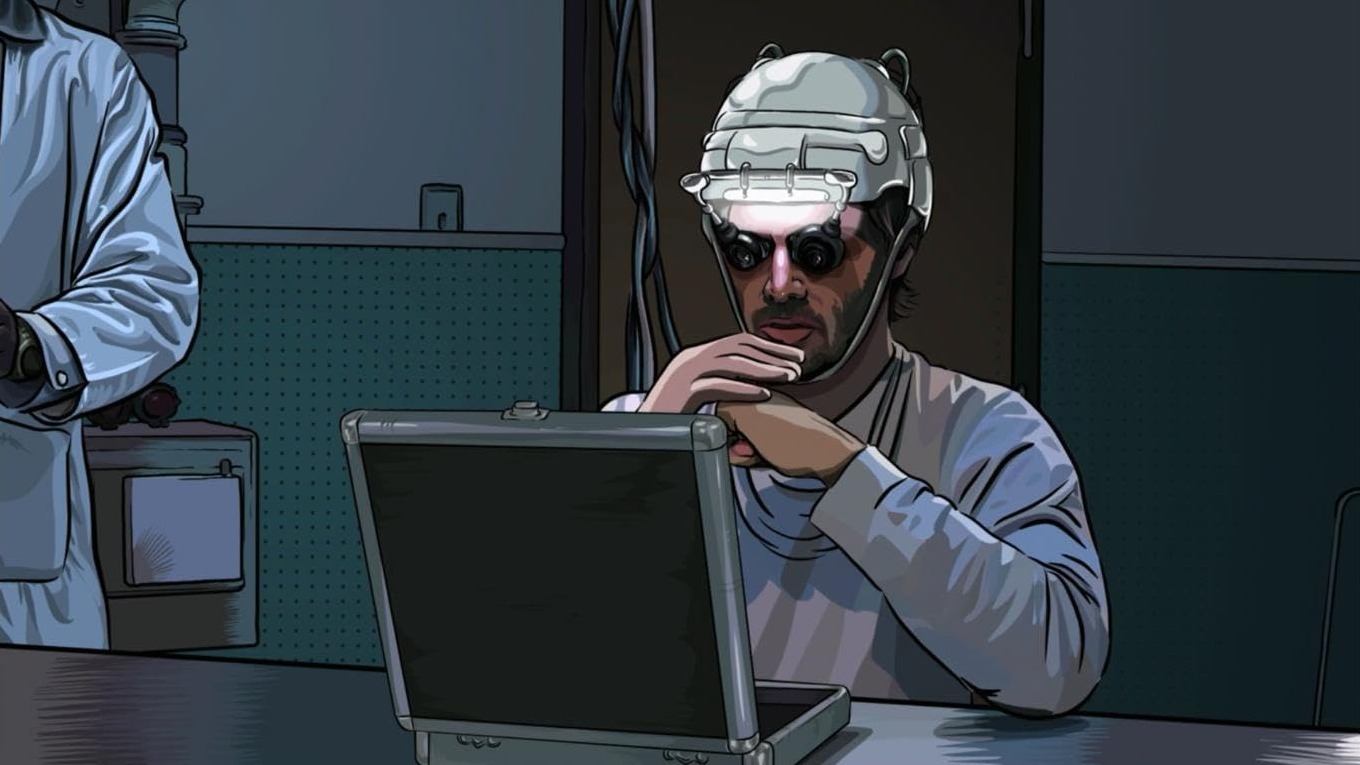
Reality warps in this dystopian tale of identity, addiction, and surveillance – it’s never totally clear who’s watching whom, or who’s really you. The rotoscoping animation style adds a layer of distortion that suits the story perfectly: everything feels slightly askew, dreamlike but dangerous. Keanu Reeves and the ensemble deliver under pressure, mixing paranoia with small moments of human softness – when all else is collapsing, some fragments of you still care. Moral ambiguity rules here; technology, drugs, control – they all bleed together. It may not entertain everyone, but its questions linger – about trust, awareness, and what happens when your skin doesn’t match your soul.
13. Summer Wars (2009)
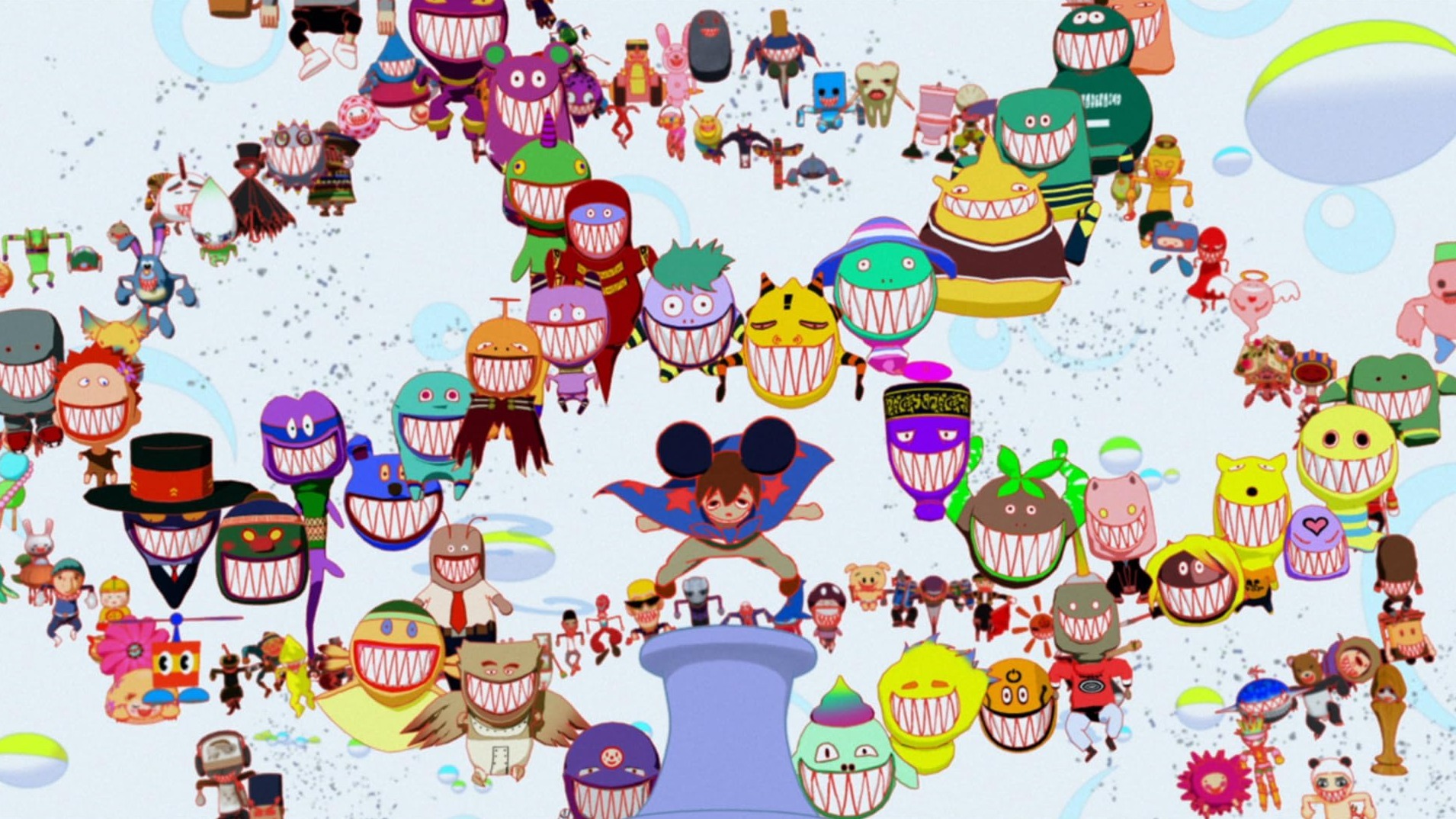
Virtual reality meets family reunion in Summer Wars, and that combo turns out to be both charming and thought-provoking. The digital world OZ threatens to spill chaos into the real world, and you get to see how people rally – grandmas, geeks, hackers – to face a socio-tech meltdown. Mamoru Hosoda blends comedy, heart, and sci-fi paranoia beautifully: this isn’t just about bad code or bad AI, it’s about what matters when everything connected goes sideways. Visually vibrant, emotionally grounded; when the digital avatars clash, you also feel the weight of human relationships. It’s not always perfect – some plot threads stretch – but it shows how sci-fi can be fun and meaningful.
12. The Girl Who Leapt Through Time (2006)
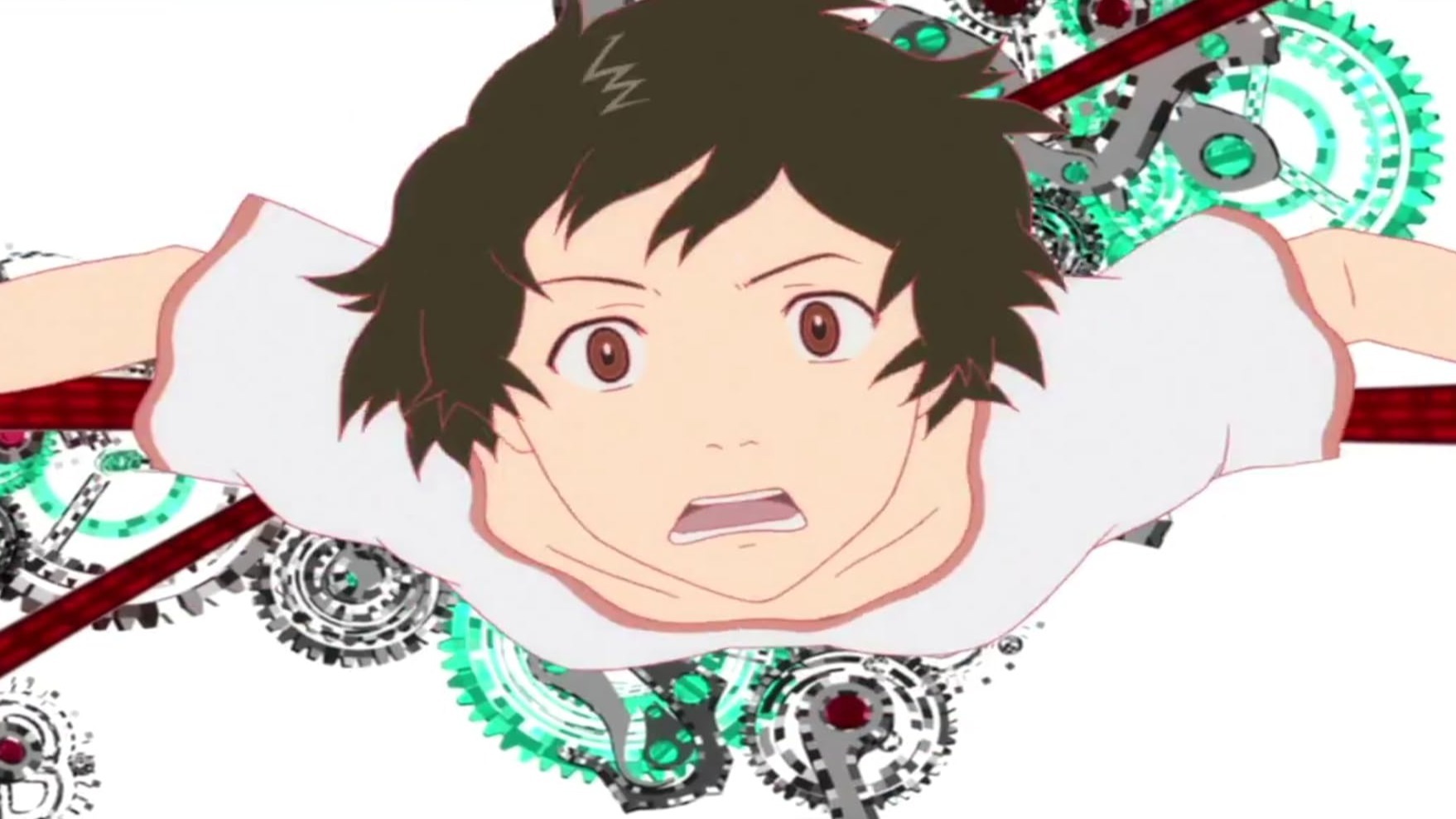
Imagine waking up one morning and discovering you can rewind life’s little losses – and then realising each “do-over” has its own fallout. That tension between desire and consequence is at The Girl Who Leapt Through Time’s core, and it’s what makes it more than just cute teenage fantasy. Makoto’s time leaps start playful – fixing mistakes, avoiding embarrassment – but swiftly turn bittersweet when the cost becomes too steep. Animation frames shimmer with hope, guilt, youthful wistfulness; you feel Makoto’s joy and regret in equal measure. Hosoda doesn’t sugar-coat things – time travel here is emotional labor. It’s a film that reminds you: some memories are better treasured imperfect.
11. Nausicaä of the Valley of the Wind (1984)
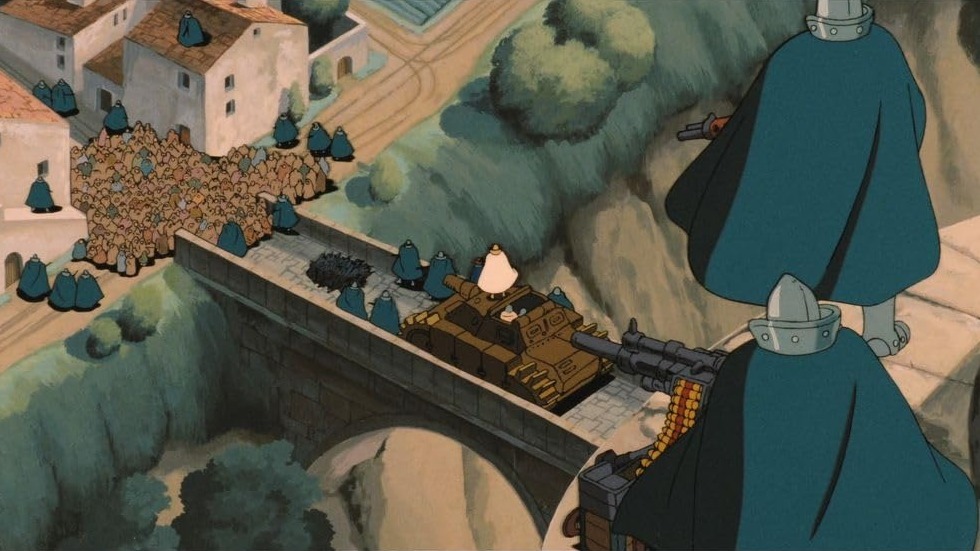
Millennia after environmental collapse, Nausicaä rises as princess, scientist, warrior, and ecological conscience – an anime that doesn’t pretend the world is easy. Toxic jungles, giant insects, faltering human civilizations – all framed under Miyazaki’s poetic eye, where nature is neither enemy nor backdrop but character. Nausicaä’s empathy and courage are central: she fights to understand rather than conquer, offering hope in a world saturated with ruin. Despite its vintage animation by modern standards, the sheer scope, imagination, and moral complexity still overwhelm. It’s a film that asks: what does it mean to live when every action echoes through an environment that might be unforgiving?
10. Metropolis (2001)
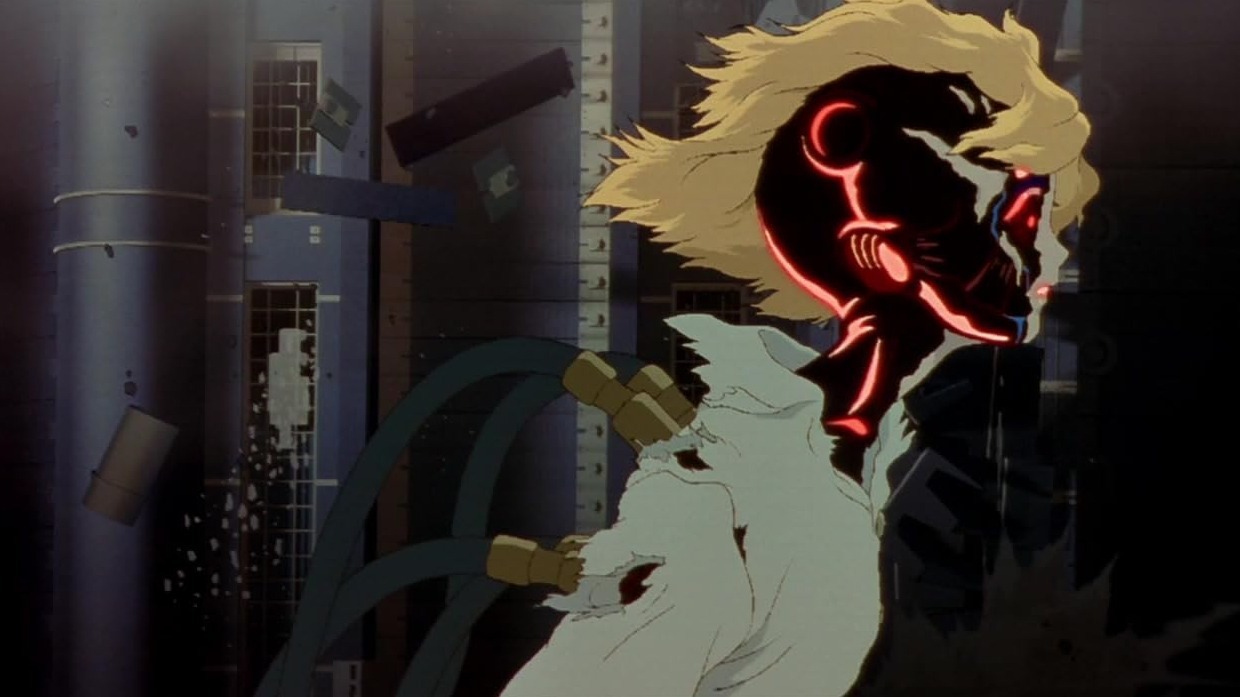
Sparks fly when classic sci-fi meets neo-Tokyo in Metropolis, a visual feast where robots, class divides, and moral questions collide in neon glare. Rintaro and Katsuhiro Otomo take Tezuka’s manga and amplify its heart – machines may roar, but it’s the human souls among gears that bleed. Some moments are grand-opera in scale, others intimate: the orphan girl, the robot’s conflicted desires, the towering city that both inspires awe and fears for oppression. The hybrid animation style blends hand-drawn warmth with sleek digital edges, making the world feel both futuristic and heartbreakingly real. Plot can sometimes get weighed down in spectacle, but the emotional pulses – hope, betrayal, redemption – trip you up in all the right ways. For lovers of dystopian sci-fi with visual ambition, this one delivers.
9. Fantastic Planet (1973)
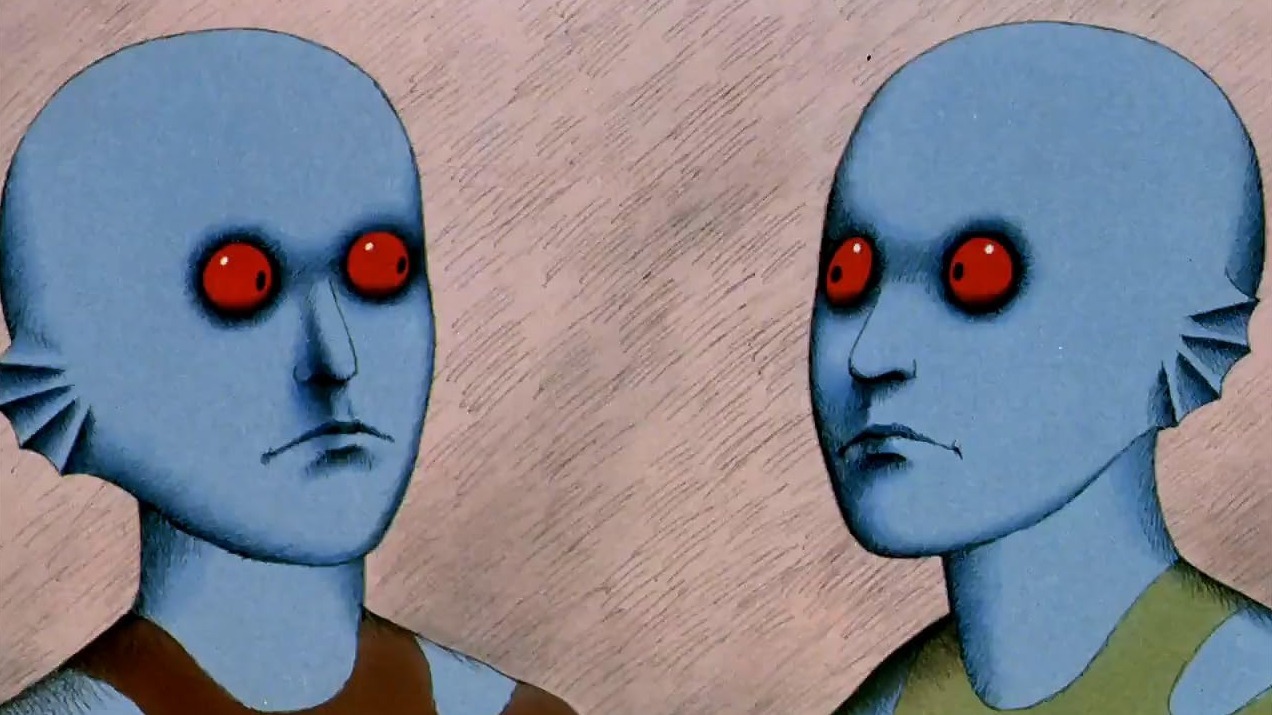
Weird, dreamy, and unapologetically surreal – Fantastic Planet doesn’t just ask you to imagine aliens, it forces you to feel what it’s like to be the alien. The Draags and the Omegas exist in visual contrast and ethical tension, and every bizarre creature, every floating design feels alive in some poetic nightmare. Dialogue feels distant in the best way, like overhearing telepathic thoughts or witnessing a dream you can’t fully remember. Some sequences are slow, almost hypnotic, but that slowness is part of the film’s power: it invites contemplation, discomfort, radical otherness. If you want your sci-fi to be weird, beautiful, and maybe a little unsettling, Fantastic Planet is a rite of passage.
8. Paprika (2006)
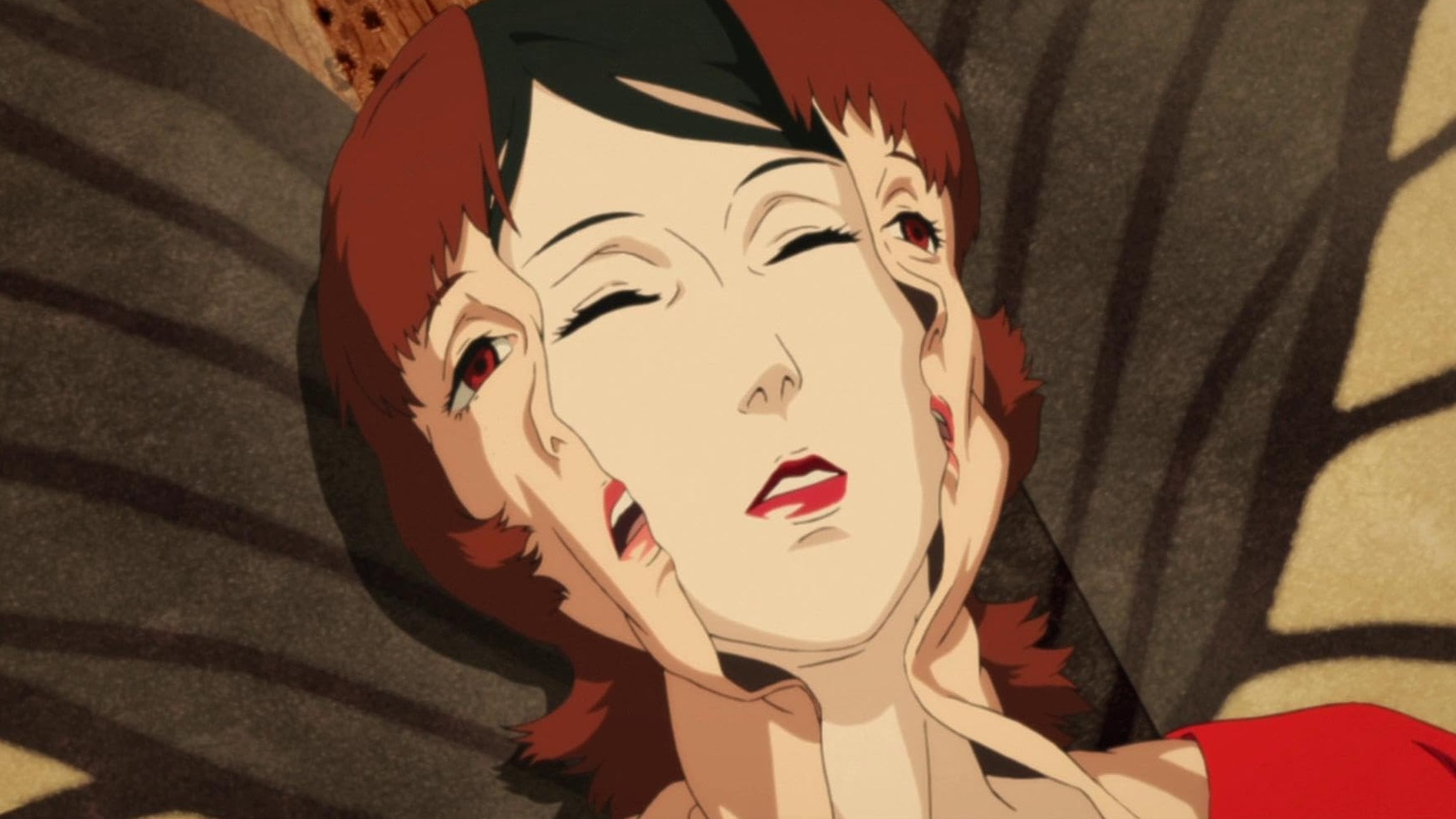
Entering Paprika is like stepping into someone else’s dreams – and realizing your own nightmares were holding back. The animation is a kaleidoscope of possibility: shifting perspectives, furniture that melts, a boundary between sleep and reality that dissolves into chaos. Director Satoshi Kon pulls off one of the boldest experiments in sci-fi animation: not with spaceships, but with the architecture of mind. Characters are drawn, literally and metaphorically, into the uncanny, and while that can mean disorientation, it also means beauty – at times terrifying, at times breathtaking. Emotional anchor keeps the trip tethered – without it, the film might float off altogether, but with it, you care about the dreamers. It’s dense, it’s loud in color and idea, and it sneaks up on you long after the credits.
7. Castle in the Sky (1986)
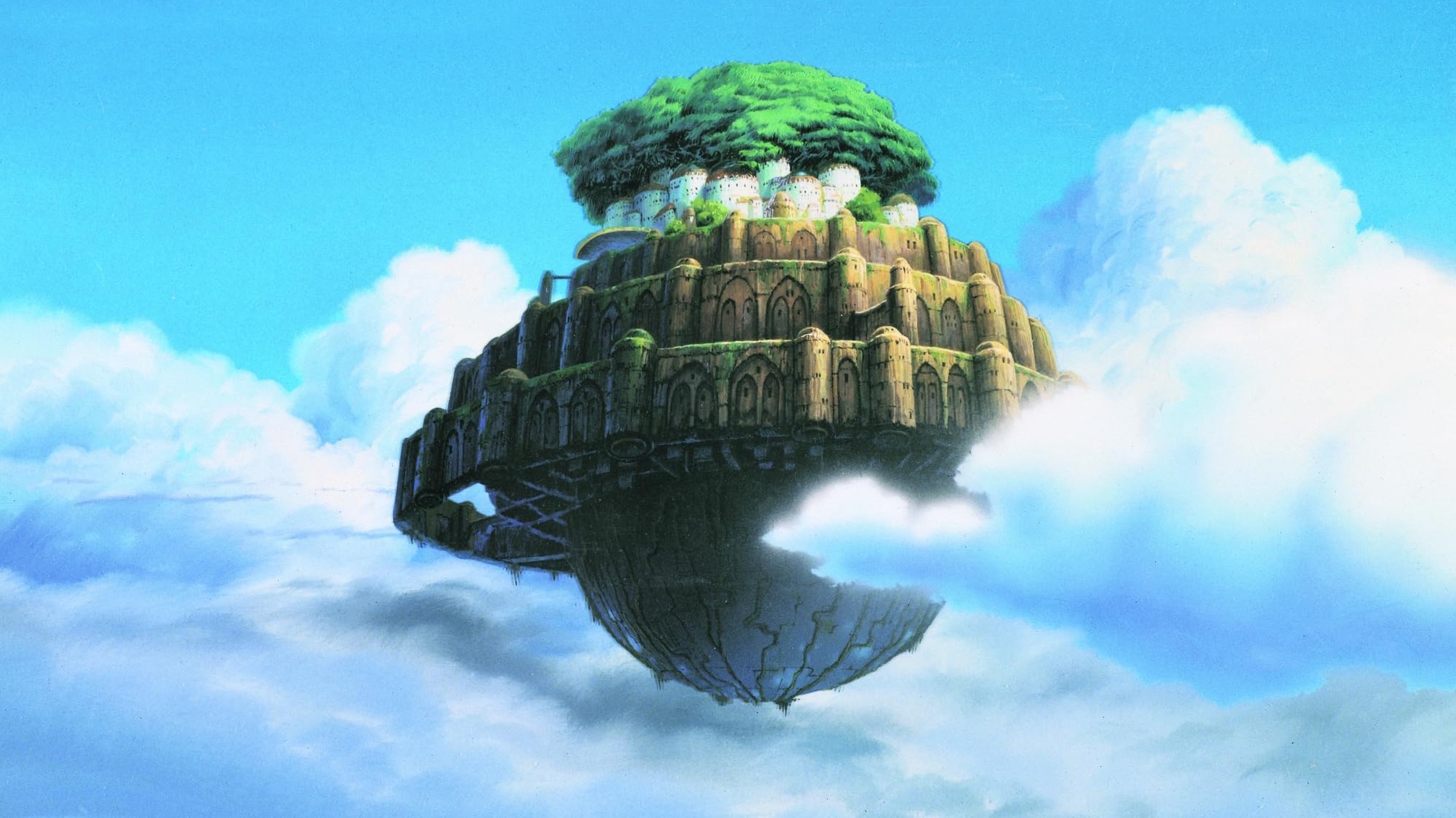
A girl falls from the sky, an airship looms in the clouds, and a crystal pendant might crack the power dynamics of kingdoms – Castle in the Sky is pure Miyazaki magic mixed with adventure sci-fi trappings. The floating city Laputa is more than fantasy; it’s an artifact of lost technology, environmental decay, and human ambition. Pazu and Sheeta are young, idealistic, but not naive: danger, greed, and government agents remind us that technology’s wonders always come with costs. The film’s action feels light, but its questions reverberate – what do we do with power? What’s the relationship between nature and machines? The worldbuilding, the score, the flying machines – all combine to make flight feel like transcendence. It may flirt with fantasy, but its core tech-mythos gives it enough sci-fi grounding.
6. Your Name (2016)
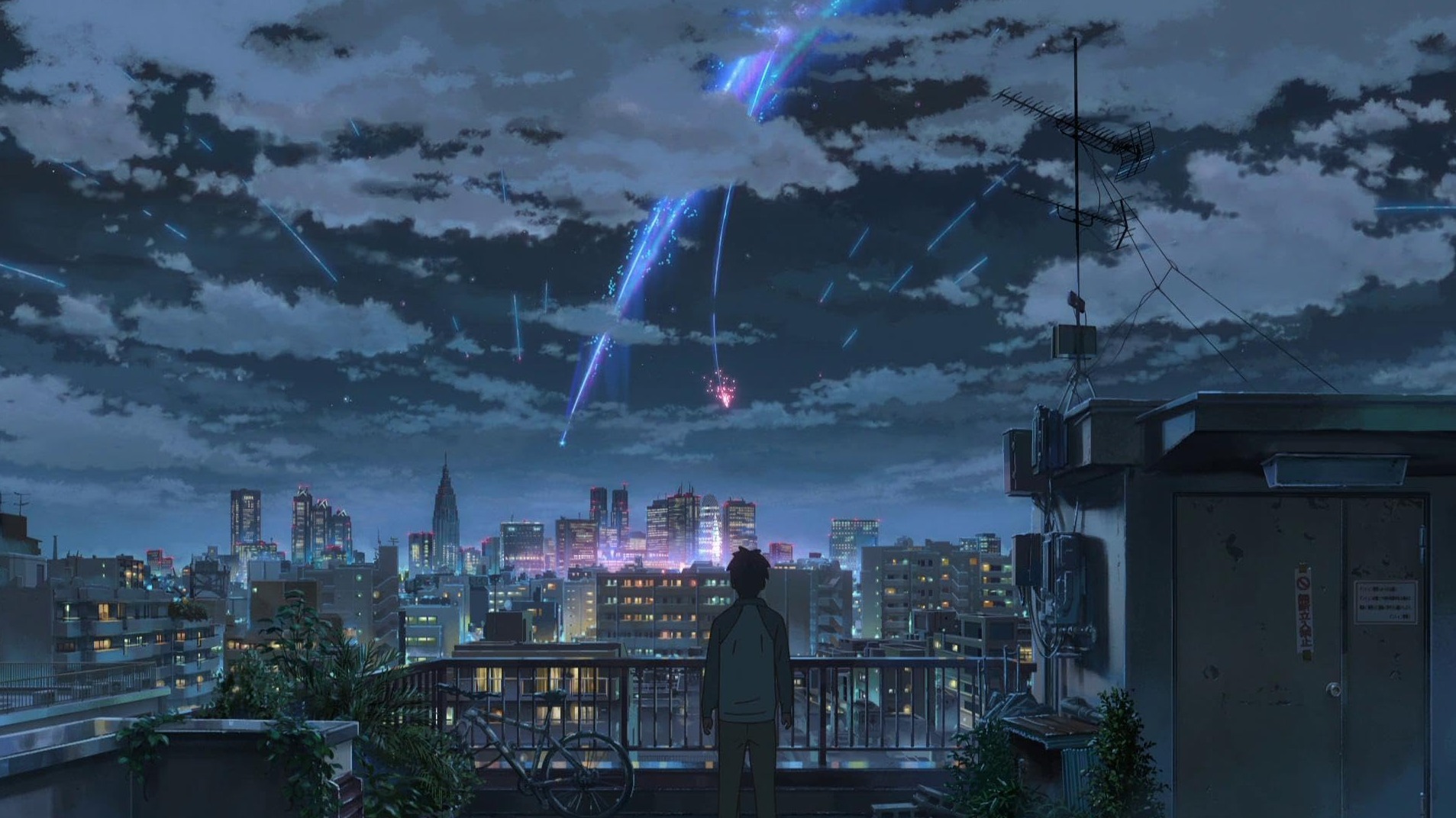
When two strangers start swapping bodies across time and space, Your Name turns sci-fi into a love story that tears and stitches itself at once. The comet’s arrival is dramatic, yes, but it’s the ritual, the small urban routines, the paper-town festivals that make everything feel real – and then threaten to disappear. Makoto Shinkai layers in catastrophe without turning them into spectacles of disaster; instead, he uses separation, memory, and longing to drive the unpredictability. Each frame is gorgeous – city lights, rural skies, reflections on rain-soaked pavement – and those visuals aren’t just decoration; they echo the characters’ internal landscapes. Some cosmic twisty stuff stretches credibility, but the emotional stakes are high, and you’re invested enough to forgive the leaps. For sci-fi animation, it’s how you make the cosmic intimate.
5. Steamboy (2004)
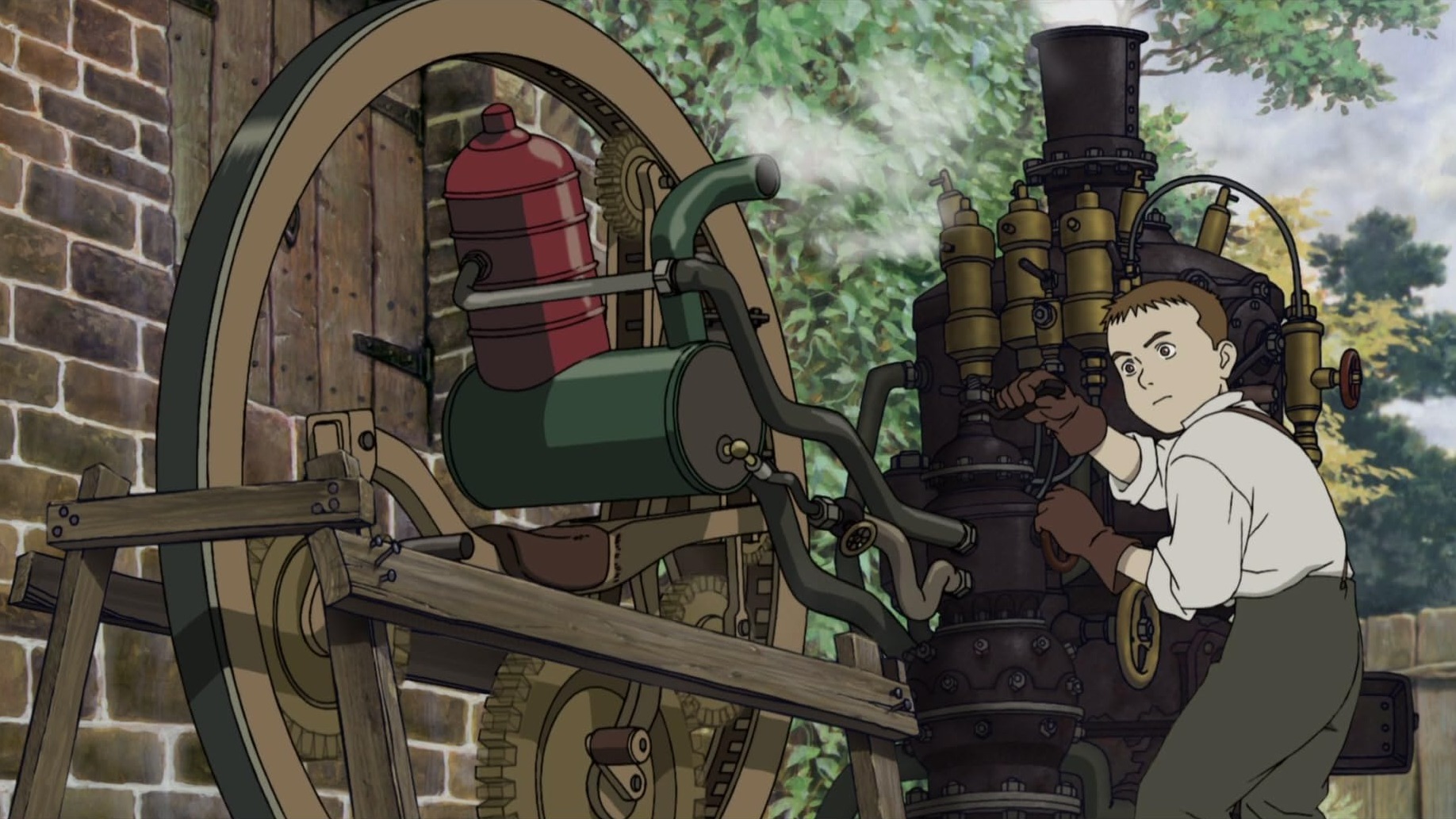
Victorian gears, steam-powered machines, and a young engineer caught between innovation and destruction give Steamboy a visceral steampunk rush that few animated sci-fi films dare. The world feels built with brass and soot, every contraption imagines what the Industrial Revolution would’ve looked like if it never stopped evolving. Its conflict isn’t just man vs. machine, but idealism vs. consequence; the kid who dreams of creation eventually sees how invention can be weaponized. Some critics point out that the plot stretches too thin amid all the mechanical spectacle, but even when the narrative lags you keep watching – there’s always another device to marvel at, another cityscape of pipes and pistons. Animation quality is lush, backgrounds richly detailed, lighting dramatic. For sci-fi aficionados who love the smell of oil and the hiss of steam, Steamboy delivers.
4. World of Tomorrow (2015)
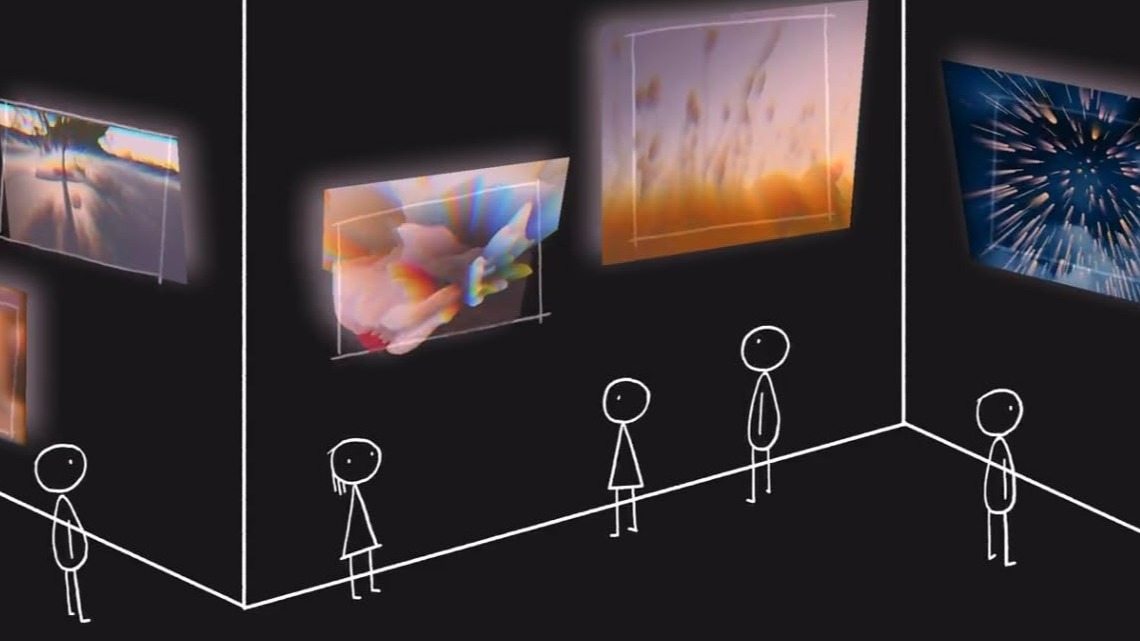
Tiny, uncanny, and emotionally loaded, World of Tomorrow slides through your consciousness with the lightest of touches that leave you haunted. Director Don Hertzfeldt’s short might be minimalist in character design, but it packs cosmic tragedy, futuristic technology, and the ache of human memory into its runtime. Watch Emily’s future self deliver woo-struck observations about cloning, time travel, mortality – and somehow make you feel everything all at once. Its optimism is tempered by loss, and its humor is bittersweet: cartoons have never made existential dread so adorable. The visual simplicity hides ambitious ideas: reproduction, identity, the value of fleeting moments. It’s proof that you don’t need a blockbuster budget to ask big questions in animation.
3. Mars Express (2023)
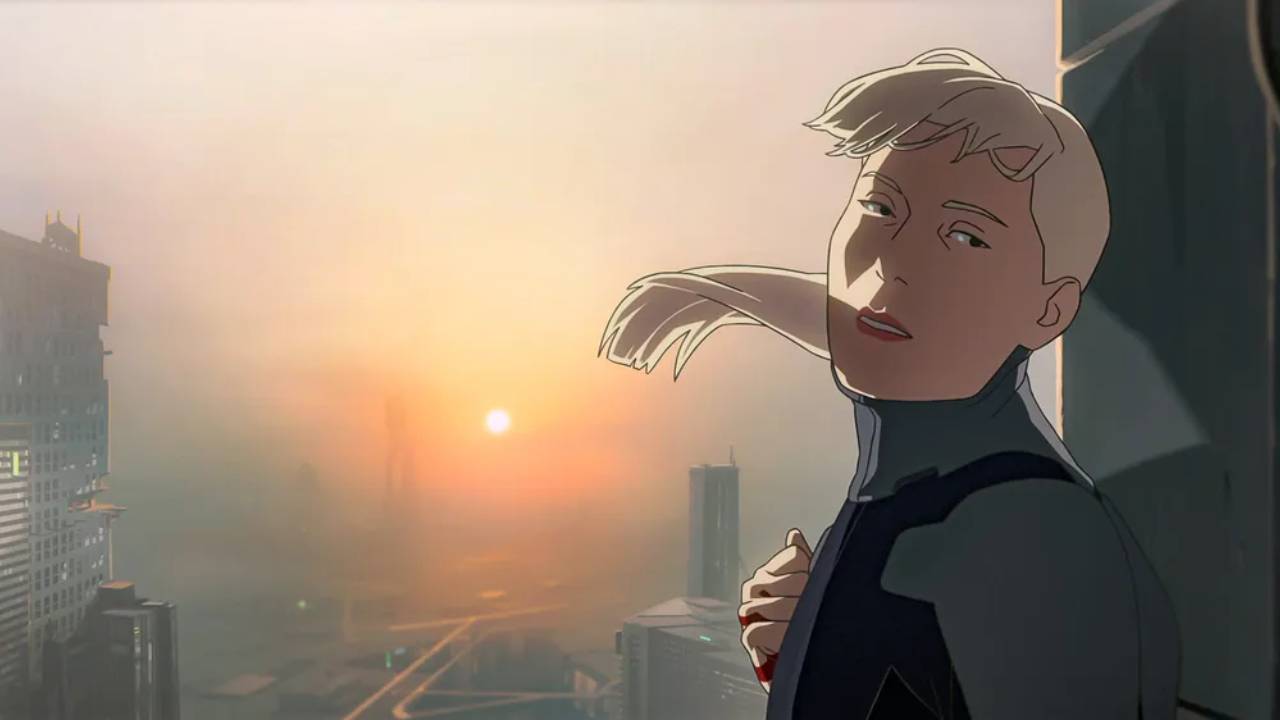
Set in the 23rd century, Mars Express merges detective noir, android ethics, and robot uprisings under Mars’ red skies – and somehow it all feels urgent and new. The visual style blends 2D and 3D animation in a gritty, neon-lined cityscape where humans, androids, and conspiracies blur the lines of what “alive” means. Aline Ruby and her android partner Carlos Rivera are more than investigator and sidekick – they’re mirrors of what it means to be human in an age of artificial skin and brain farms. Some story beats feel familiar (cyberpunk hallmarks and missing persons tropes) but the film leans into them with confidence, and its thematic spine holds. Critics praise its worldbuilding and moral texture, even if the ending forces you to untangle a few dangling threads. It’s ambitious, stylish, and a reminder that sci-fi noir still has plenty of room to grow.
2. Akira (1988)
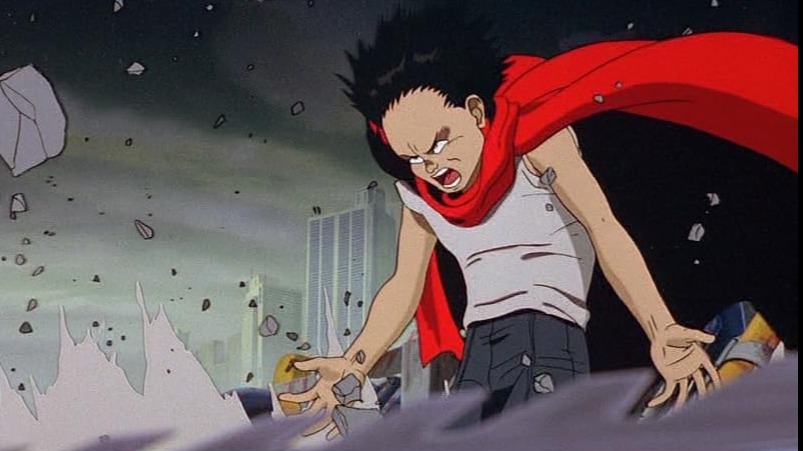
Every toxic spill, neon alleyway, and twisted biker gang in Akira pulses with post-apocalyptic adrenaline – this is a film where everything from psychic power to government corruption smacks you with implications. The animation broke ground: cityscapes brimming with detail, cascading destruction, and a speed of motion that still knocks you off balance. Kaneda and Tetsuo are sun-burned reflections of power’s promise and horror; as the plot spirals into psychic apocalypse, you don’t just watch disaster – you feel its weight. Some moments are head-splittingly weird, some visuals are jarringly psychedelic, but every frame serves the unsteady mix of fear and wonder. It’s cinematic chaos rendered with obsessive detail; the sound design, music, all of it thumbs you forward into the maelstrom. If there’s one animated science fiction film that taught the world to fear what we could become with unchecked power, it’s Akira.
1. Ghost in the Shell (1995)
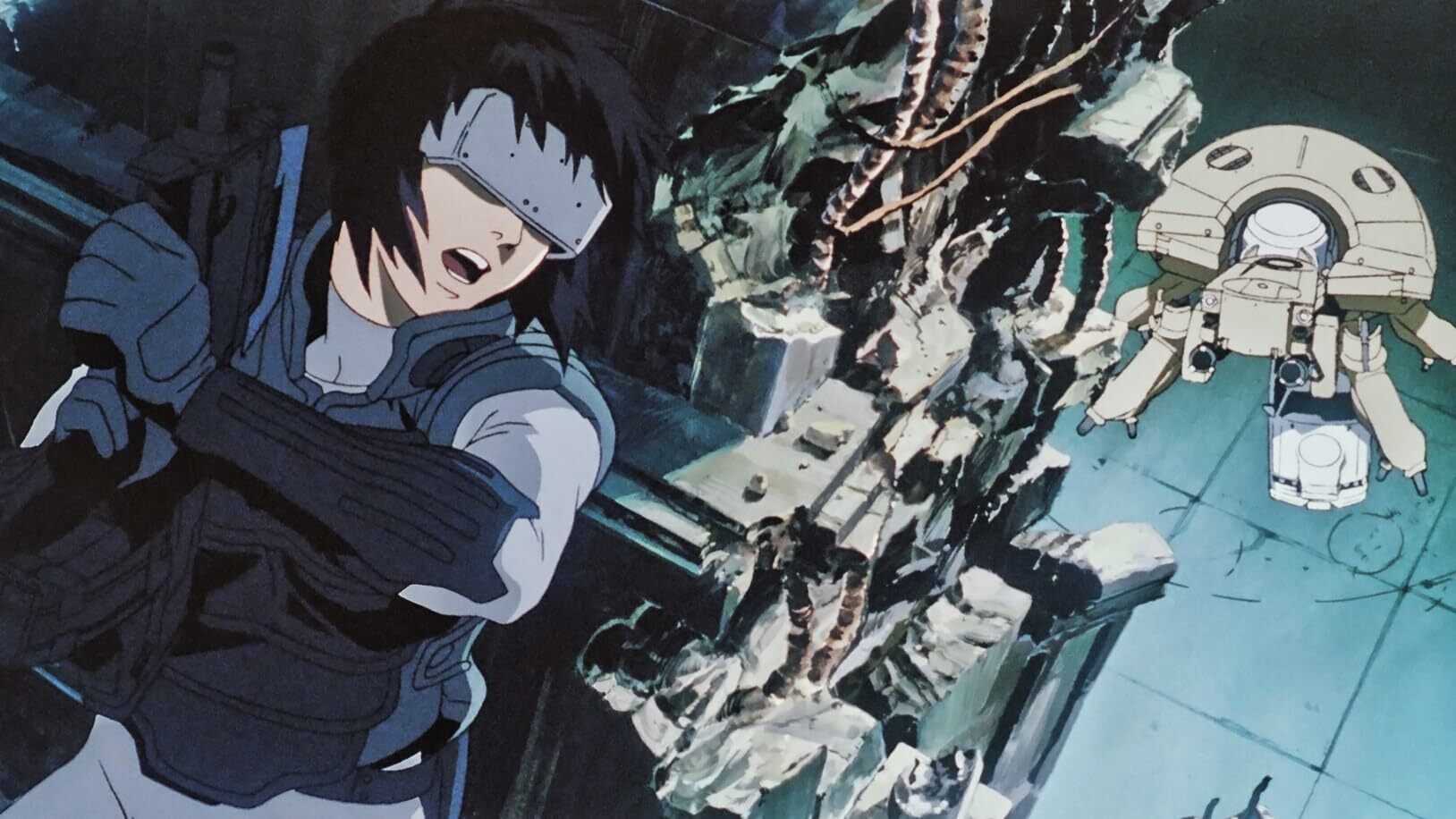
Identity, consciousness, and cybernetics collide in Ghost in the Shell, a film that asks whether a soul exists if it’s made of circuits and memories. Major Motoko Kusanagi’s quest is as much philosophical as it is action-packed: when you can hack bodies, is the mind still sacred? The visuals are sleek and wet – rain-slicked rooftops, neon holograms, glistening bodies – creating a world where technology is intimate, invasive, and beautiful. Plot threads about terrorism, the rise of AI, and body augmentation feel enormously relevant even decades later. Some scenes drag in contemplation, but that’s the point: the film wants you to think, not just watch. When the final crescendo hits, it’s not just spectacle – it’s nearly spiritual, making Ghost in the Shell the benchmark for animated sci-fi with philosophical bite.
